Iran Part 5: Our stay in the desert city of Yazd
Our 10 highlights of Yazd (42)
Hardly any trip to Iran would be complete without visiting Yazd (approx. 530'000 inhabitants), as the desert city is a dream out straight of 1001 nights with narrow, winding lanes, fairytale-like courtyards, mud-brick houses and a skyline of windcatchers. Located in the heart of the country, it’s one of the oldest cities in Iran, dating back over 3,000 years. Yazd is situated on a flat plain ringed by mountains and lies between the northern Dasht-e Kavir and the southern Dasht-e Lut.
We spend a total of 10 days in the city, as we needed some patience until our Iran visa was extended for another two months. Thus, there was enough time to ramble around the maze of atmospheric alleys and discover new things around every corner that we like to share with you. But before we start with our highlights, we introduce you to the typical elements of an Iranian desert city, so to speak the basics of desert cities. As one of the driest cities in Iran, Yazd only gets an average of 49 millimeters of rain each year. To combat the dry and hot conditions, the residents used an innovative series of architectural techniques to create a liveable city. Let’s find out more about it.
Typical elements of a desert city:
- Ab Anbar: Traditional drinking water storage. The structures typically consist of an underground cube reservoir with a massive covering dome and one or more wind towers for ventilation and a staircase for taking water. Nowadays, water pipeline systems replaced the old cisterns and some were restored for tourism.
- Badgir: The artfully designed windcatchers are the predecessors of air conditioning and still provide comfortable ventilation for the houses. The tall, chimney-like structures harness the cool breezes and redirect them downwards through ingenious openings and cool the rooms below them. Studies indicated that windcatchers can reduce indoor temperatures by around 10 degrees.
- Qanat: A kilometer-long system of underground water channels through which fresh water flows from higher elevations to the dry desert areas. The oldest qanat in Iran is over 3000 years old and 71 km long. In the water museum of Yazd you can learn a lot of interesting facts about this ingenious tunnel system. While qanats were first developed centuries ago, they’re still very much in use today.
- Yakhchal: Since 400 BC, ice and sometimes food have been stored in this ancient refrigerator. The traditional ice houses are built in a dome shape and a facade made of a clay mixture with goat hair, lime and egg white is supposed to protect against heat and water. In the winter, water from qanats was led into channels and allowed to freeze overnight. High walls shaded these channels from the sun to facilitate freezing. Ice was then made in layers over several evenings and when it was thick enough, it was cut into blocks and stored in the Yakhchal.
1.) Walking through the winding alleys of the old town
Yazd has no such big sights to offer as Shiraz or Isfahan. However, the magic of the desert city unfolds as soon as you lose yourself in the winding alleys of the old city, which has been declared a UNESCO World Heritage Site and, funnily enough, is referred to as "historical texture" on street signs. The local community has prioritized maintenance and restoration of traditional architecture in the historic areas of the town. Just 20 years ago, the labyrinth of adobe buildings was in danger of falling into disrepair, but then paving and renovation began, and cafés, restaurants and boutique hotels moved in. It’s one of the most beautiful things to wander aimlessly through the winding streets and discover something new around every corner, such as picturesque courtyards, rooftop cafés, a small bakery, a water cistern, a mosque or an entrance to a qanat. A walk in the evening is especially beautiful, when the alleys are atmospherically illuminated.
Our recommendation: Be sure to stop at the small bakery in a side alley in the bazaar in front of the large Masjed-e Jameh and buy fresh coconut macaroons. Better buy two packs at once, you won’t regret it.
2) Visiting the Masjed-e Jameh
The alley in front of the huge Friday mosque is something like the tourist center of Yazd with numerous stores and gelaterias, which are full of life in the evening. But the undisputed eye-catcher is the mosque at the end of the alley with its magnificent entrance portal, flanked by two 48m-high minarets. They can easily be seen from many of the city's rooftops and provide a good orientation in the maze of the old town. The mosque was built in the 15th century on 12th-century foundations over a former Zoroastrian fire temple and with access to the Zarch Qanat. Inside the mosque, you can see incredible tile and mosaic works. The mosque is open for visitors and women need to rent a chador at the entrance.
3) Learning about Zoroastrian Culture
Zoroastrism is more than 2500 years old and was the main religion of Persia until Islamization, of which inscriptions and reliefs in Persepolis still bear witness. It’s assumed that about 30,000 Zoroastrians still live in Iran today, and Yazd and its surroundings are considered the center of Zoroastrianism in Iran. At the center of the faith is the supreme divinity Ahura Mazda and the belief in the eternal battle between good and evil. Numerous ideas from Zoroastrianism have influenced other monotheistic religions such as dualism, the idea of heaven & hell and also the Nowruz celebration goes back to the founder Zarahustra. If you want to learn more about this religion, Yazd is the right place. First, we can recommend a guided tour in the Zoroastrians History and Culture Museum and afterwards a visit to the nearby fire temple, Atash Behram. Inside the simple building is a sacred fire that is said to have been burning for over 1500 years. We learned quite a bit and were also surprised that in the Islamic state of Iran, other religions are tolerated and can carry out their faith.
4) Visiting the Towers of Silence
South of Yazd are the Towers of Silence, traditionally the final resting place of Zoroastrians. Steep steps lead up the slope to the two lonely, barren hilltops ending on a small platform surrounded by a brick ring. One is surrounded by an eerie silence and nothing up here distracts the view. In order to keep the elements such as fire or air pure, the followers of Zarahustra followed a special cult of the dead: the corpses were brought to the flat platform on the hill and left here for the desert vultures. The remains were to serve as food for other living creatures, an eternal cycle. The bones were then placed in the burial pit in the middle, making room for the next deceased. This custom lasted until the 1970s, when it was banned for hygienic reasons. Today there is a Zoroastrian cemetery below the Towers of Silence.
5) Evening stroll at Amir Chakhmaq Square
The spacious 15th-century Amir Chakhmaq Square is the center of the historic Old City, and in the late afternoon the magnificent three-story facade at the end of it is particularly photogenic when the copper-colored sunlight is captured within each alcove. In the evening, the pedestrian square is bustling with locals and tourists sitting on the grass and enjoying a picnic or standing in one of the long lines in front of the pastry shops to buy Yazd's famous (unfortunately rather dry) sweets. Around the square are mosques, bathhouses, the bazaar and a beautiful water cistern, which has quite a feature to offer, but more about that under point 8.
6) Visiting the tallest windcatcher in Bagh-e Dowlat Abad
The easiest way to get there is to take a cab to the spacious Dowlat Abad garden. As with most gardens in Iran, this one is busiest in the late afternoon and evening hours when everything is beautifully lit. The pretty garden is planted with soaring evergreens and dotted with sour orange and pomegranates. There is a beautiful garden pavilion which boasts the world’s tallest windcatcher. The 33m-high badgir cools the richly decorated pavilion. Under the wind tower is a small pool and indeed you can feel the pleasantly cool breeze down here. Wouldn’t it be nice to have our own mini windcatcher with us all the time to cool us down?
7) Watching the sunset from a rooftop café
One of the most beautiful things to do in Yazd is to get lost in the alleys of the old city and spending your time café-hopping. Especially worth seeing are the iconic rooftop cafés, which offer a breathtaking panorama of the numerous windcatchers, domes and minarets at sunset. Sitting here and letting your eyes wander over the desert city in peace is the ultimate Yazd experience and should be repeated as often as possible. The following places are ideal for sunset: Art House Café, Colombo Café, Café Nardoon.
8) Attending a Zurkhaneh performance
In a historic Ab Anbar next to Amir Chakhmaq Square, men of different ages and fitness level gather every evening to juggle heavy wooden clubs in a circle. If you're wondering what this is all about, it's time to introduce you to Zurkhaneh.
A Zurkhaneh translates as a house of strength, an ancient gym. But it’s about much more than fitness. It’s a sport that builds the body and the spirit. Various movements and strength exercises are performed to frenetic drum beats under the guidance of a master that is chanting poems written centuries ago. Zurkhaneh combines martial arts, strength training, spirituality and music and elements of Zoroastrianism with Shia Islam.
All the exercises follow a fixed routine and every move has a specific meaning and reason. After some warming-up, the athletes swing heavy wooden clubs over their shoulders and later start whirling rapidly like dervishes. Although the exercises sometimes require the highest concentration and many participants are in small circular pit, there is a very peaceful and considerate atmosphere and you feel that the athletes come here for much more than just sport. Visitors are allowed to attend a Zurkhaneh performance as spectators in the Saheb Al-Zaman Zurkhaneh and a visit promises a unique experience that can only be found in Iran.
9) Eating a pizza at Papasi Café
The newly opened Papasi Café is centrally located near the Masjed-e Jameh. The stylish café is a popular hangout for young Iranians and tourists alike that are seeking creative limos and good food. And the pizza here is definitely worth a mention. Compared to the other pizzas in Iran, which are served with ketchup, here you get an almost Italian pizza that deserves its name. We come here several times during our stay and try various dishes from their menu and aren’t disappointed.
10) Taking a day trip to Kharanaq, Chak Chak and Meybod
If there is enough time, we recommend you to take a day trip from Yazd. There are various options and places of interest. We opted for a tour to Kharanaq, Chak Chak and Meybod and paid EUR 25.- for a taxi driver for the whole day.
Kharanaq is located about 70 km northeast of Yazd and is an abandoned abobe village that invites us to explore extensively. The arches and domes are slowly returning to dust and it’s a pleasure to get lost in the maze of abandoned buildings that are connected through tunnels and dusty rooftop walkways. Once back out from the labyrinth, we spot a beautiful minaret. And it turns out that this is the largest adobe minaret worldwide and a so-called Shaking Minaret. The minaret got its name from an interesting special function: If you give the upper part a little nudge, the minaret starts to shake and should thus be better protected against earthquakes. Some of the bricks used for building the minaret have a higher elasticity than bricks used in other parts, causing the minaret to shake. Unfortunately, we can't check if it's really true, because the entrance is forbidden. In addition, we heard that European researchers were so fascinated by these shaking minarets in Iran that they destroyed one of them upon closer inspection. But don’t worry, soon we’ll be in Isfahan and have an opportunity to check another shaking minaret for its shakiness.
On lonely desert roads we continue our trip to Chak Chak, the most important Zoroastrian pilgrimage site. High up in the mountains, a sanctuary was built above a spring in a steep rock. According to legend, a royal princess found refuge in this rock from the evil Arab conquerors and the rock opened up to protect her. And of course, the princess was a Zoroastrian. After a while, water drops started dripping at the top of the mountains, like the tears of the princess. The name Chak Chak derives from the sound made by this water. An eternal fire burns in the man-made cave. It only gets really crowded up here in June, when thousands of pilgrims come up the steep stairs to the cave and stay on site for a few days to pray at the shrine.
The last destination on this day is the mud-brick town of Meybod, which is often overlooked and totally surprised us. There is a wonderful ensemble of all the typical elements of a desert city with a beautiful caravanserai, an Ab Anbar and an impressive restored Yakhchal. In the caravanserai there are numerous handicraft stores and here they make the traditional hand-woven Zilu rugs that can be used on both sides. We would have loved to buy one, but the thought of the mountains ahead, makes it easy for us to do without. I mean, which long-term cyclists carries a carpet around?
In the centre of Meybod is the crumbling Narin Castle that offers a beautiful panorama over the desert city with its windcatchers. The oldest foundations suggest some kind of settlement was built here as early as 4000 BC. Lying on the silk route, the castle was used by soldiers who collected taxes from the passing caravans.
And when we thought we had seen it all, a wall painting gives us the clue to our last highlight: the Pigeon Tower. It’s one of the few restored and accessible pigeon towers in Iran (and probably worldwide). Thousands of pigeons nested in these towers and their droppings were used as fertilizer. With a capacity of over 4,000 birds, the towers protected them from predators. Fortunately, we don’t encounter any pigeons in the tower and we can admire the unique architecture in peace.
We hope we have inspired you to visit Yazd, a truly unique desert city. After a few days of waiting, we finally got our visa extension and are now allowed to stay for 4 months in Iran instead of the usual three months. This means we have to say goodbye to this magical city that made our wait more than easy. After a short detour to Tehran, we will continue our trip along the classic Iran route to the magnificent cities of Isfahan and Kashan.

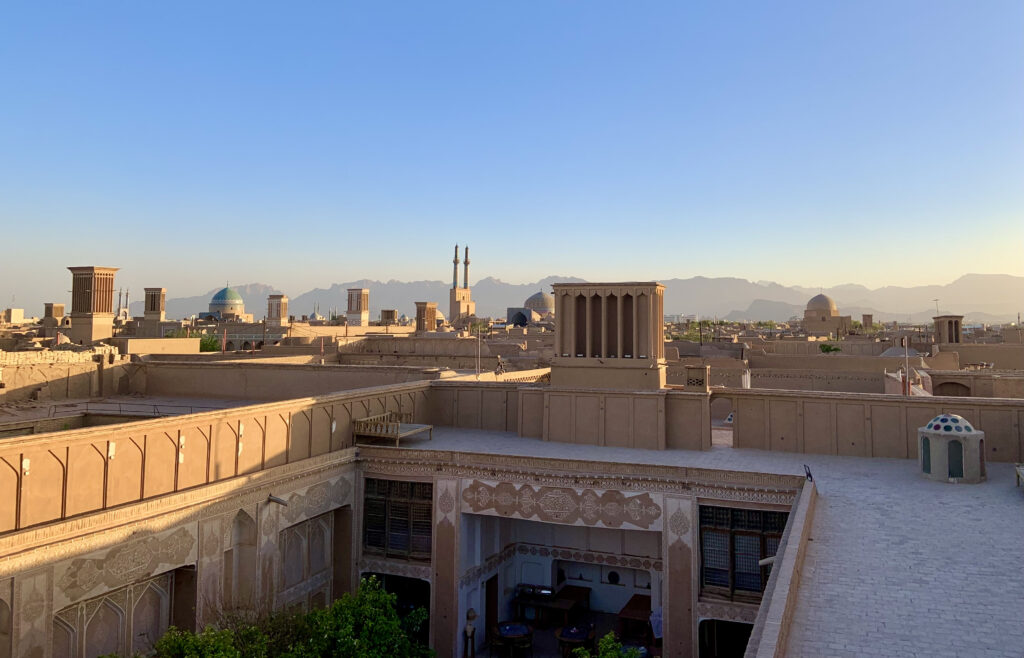
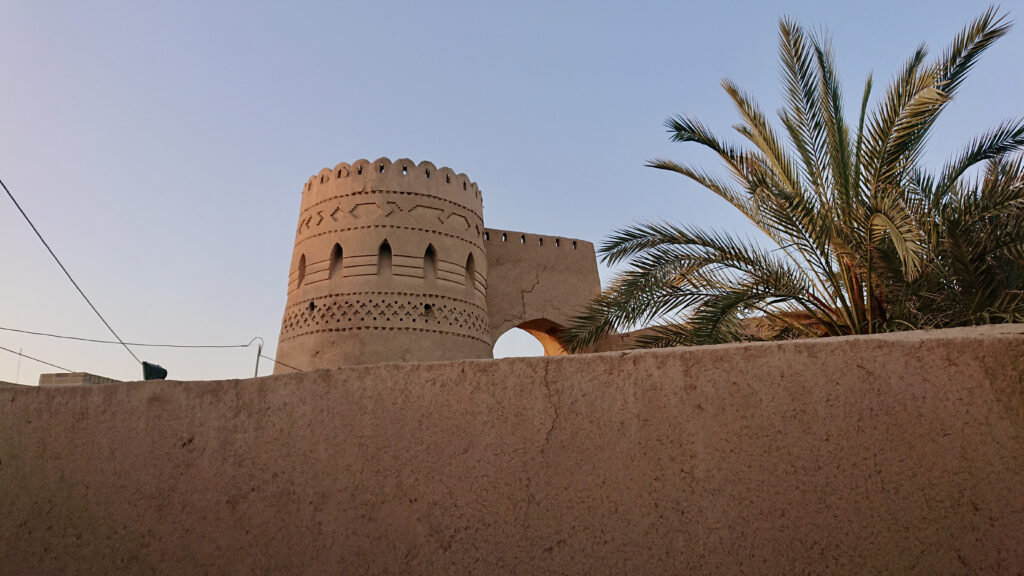
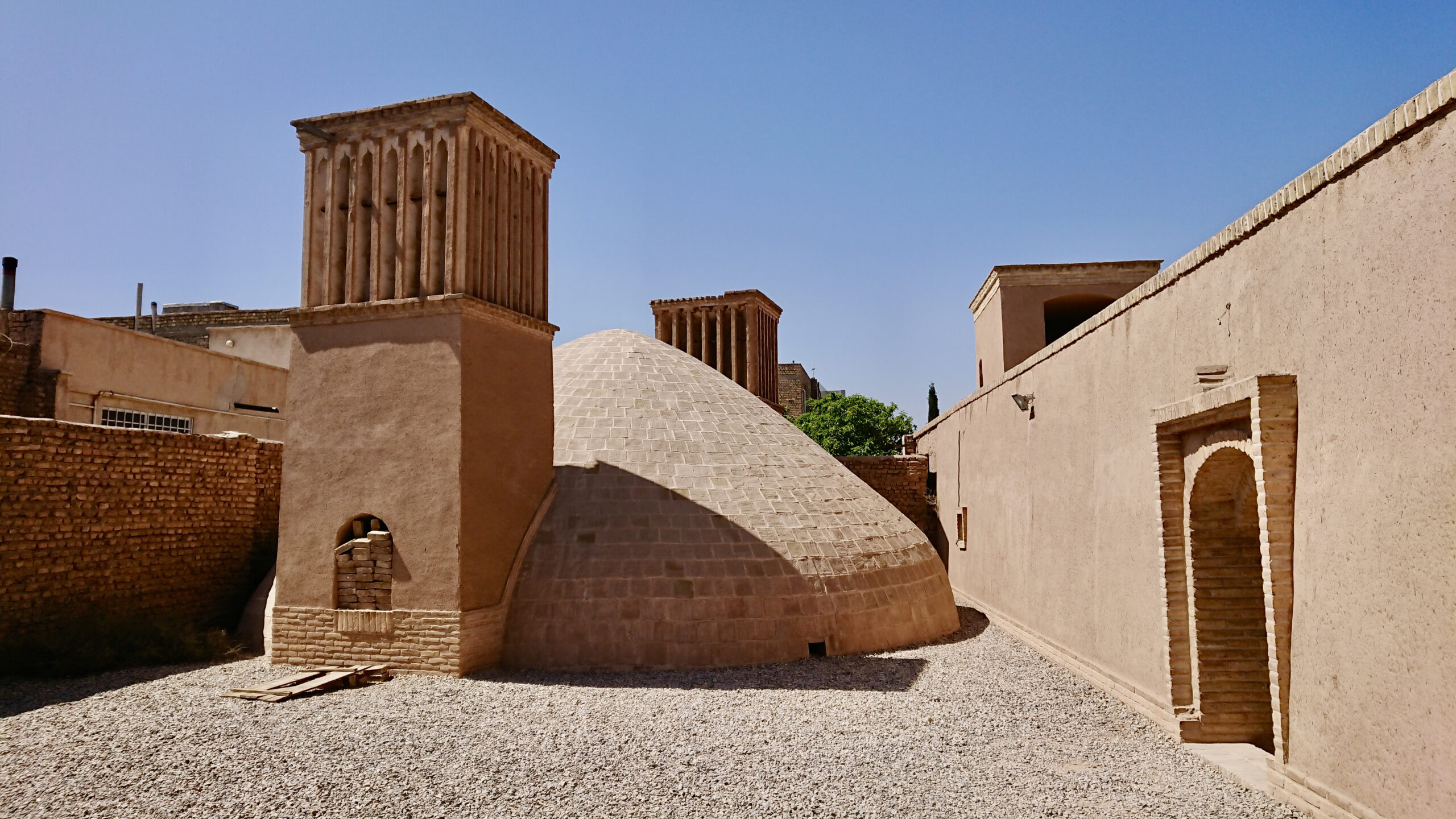
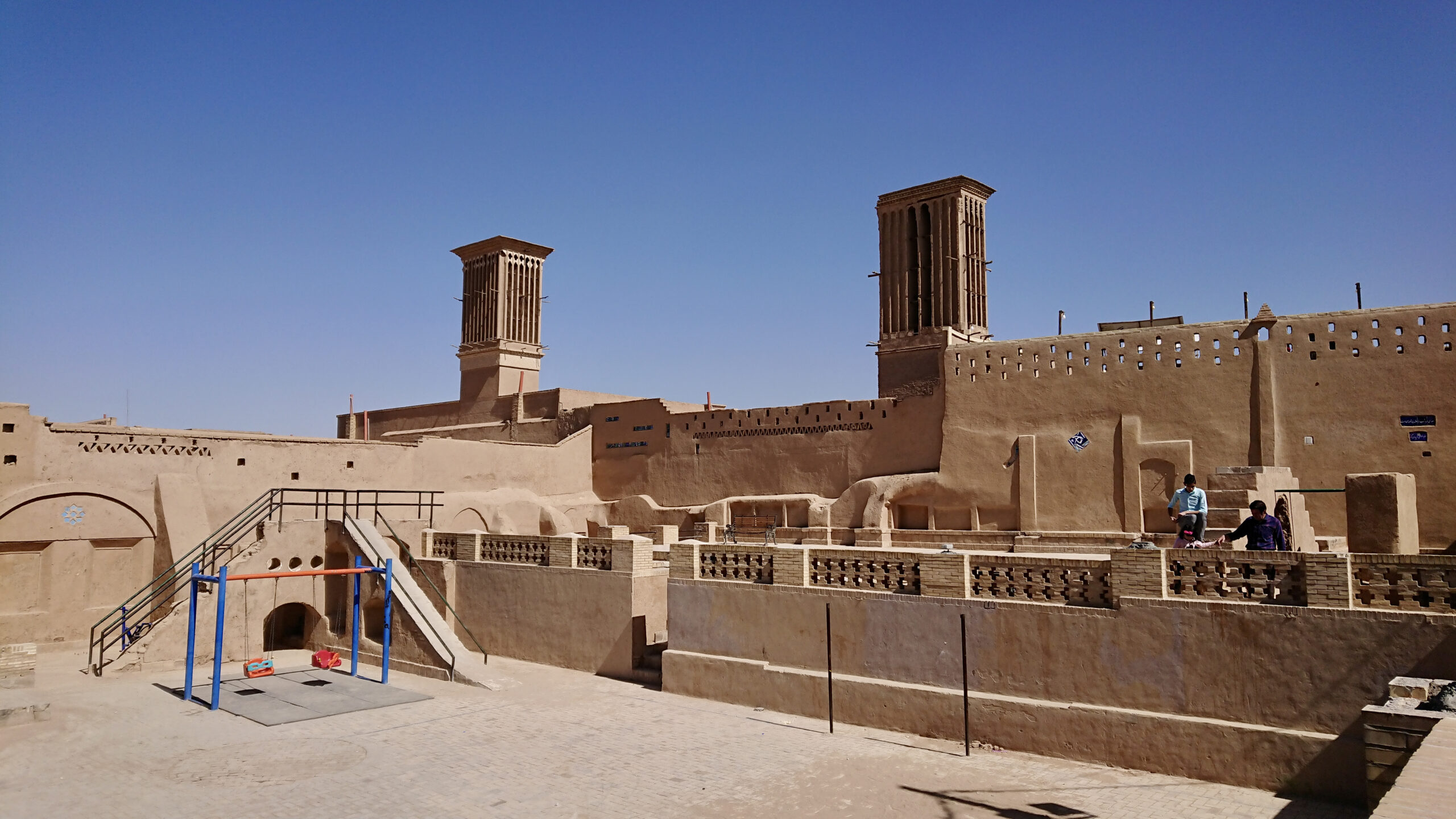
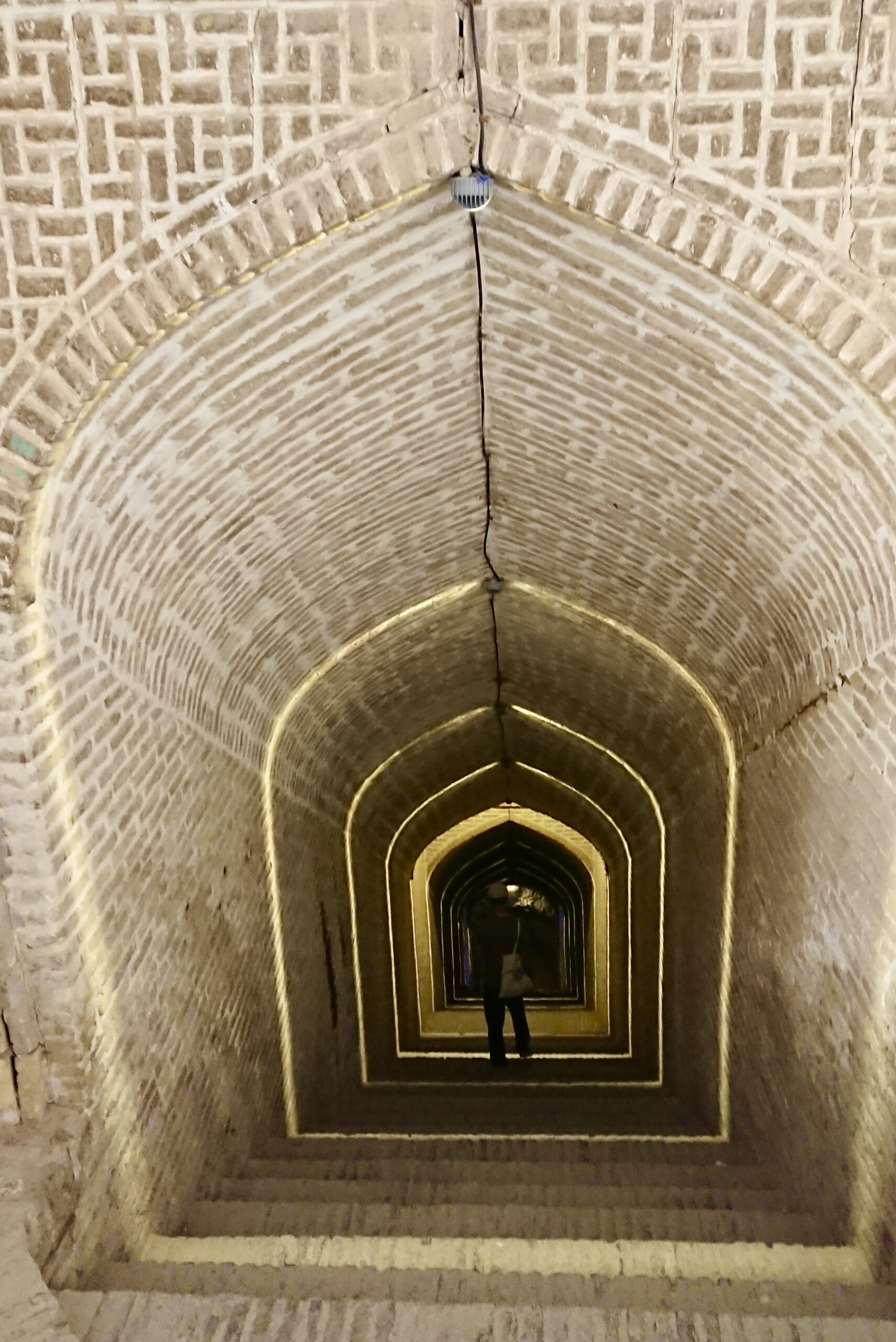
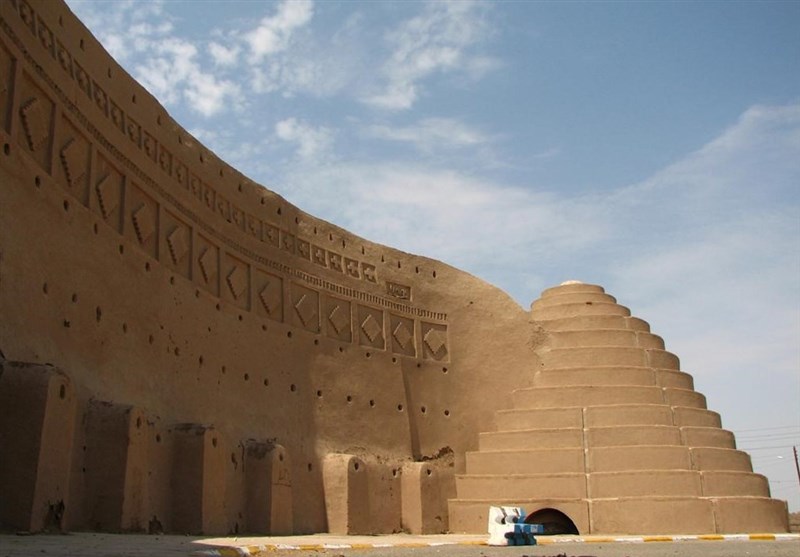
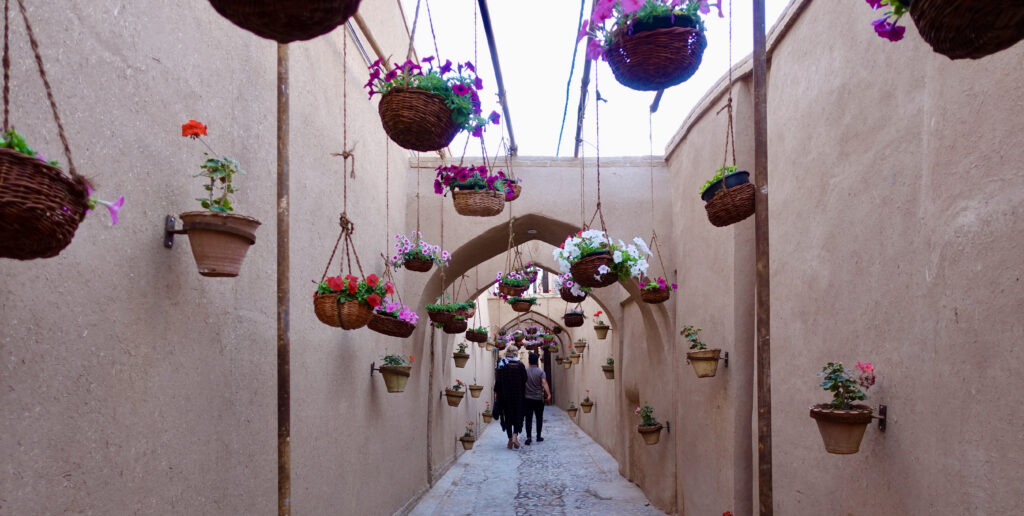
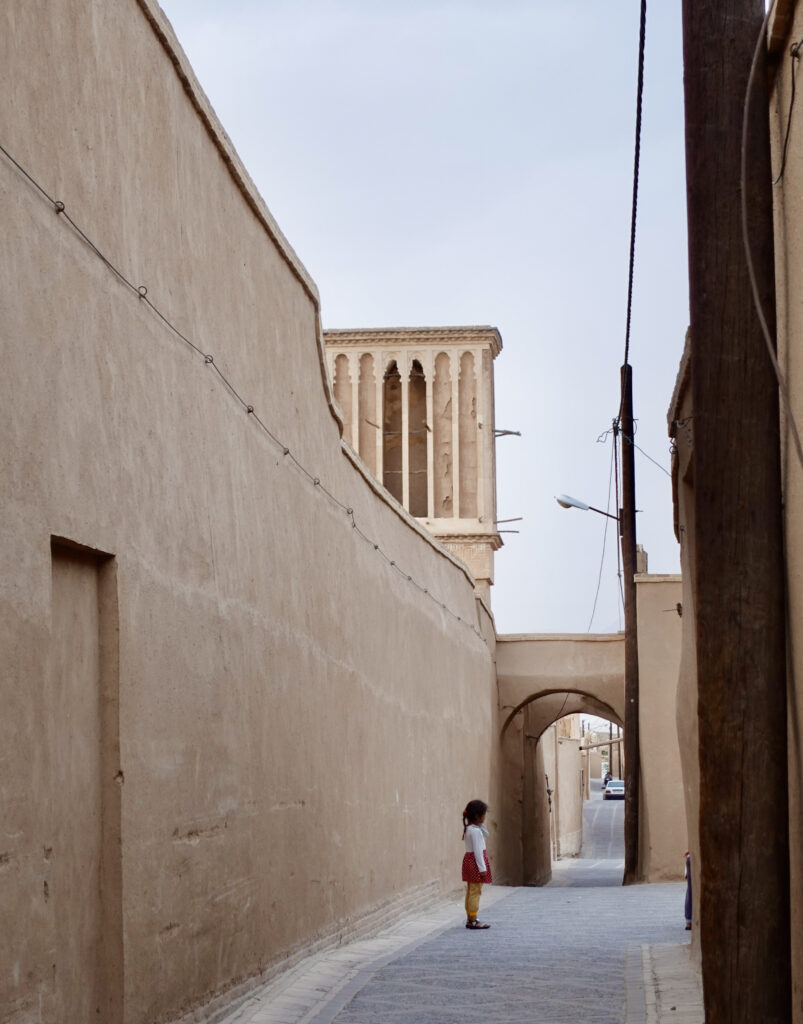
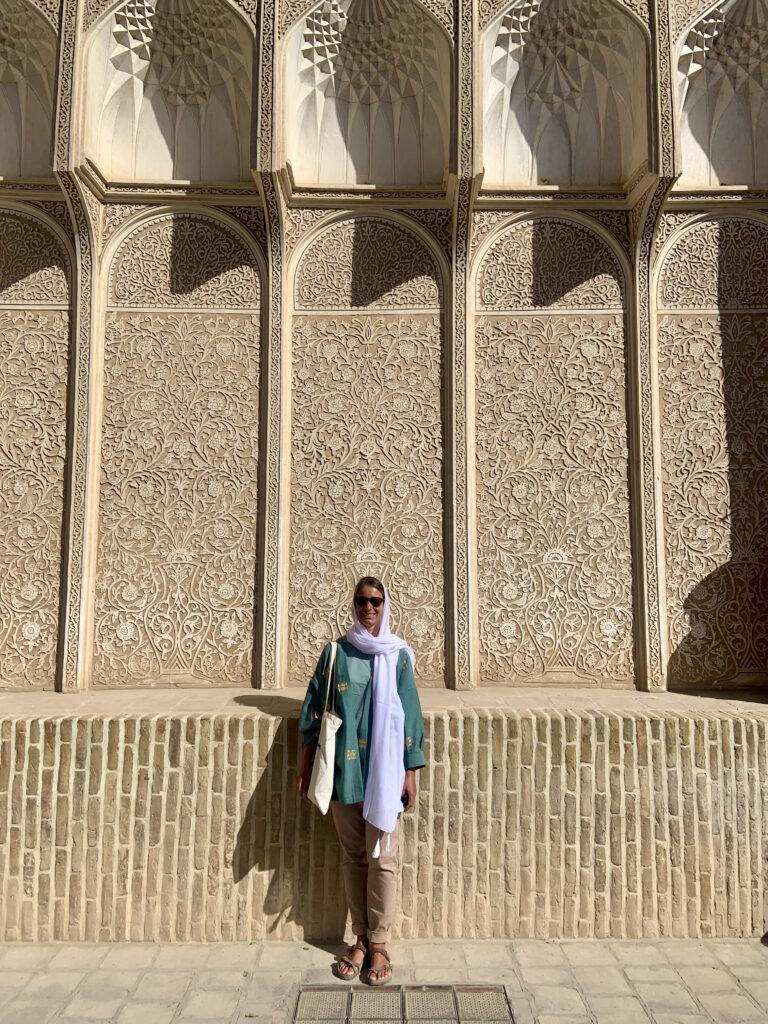
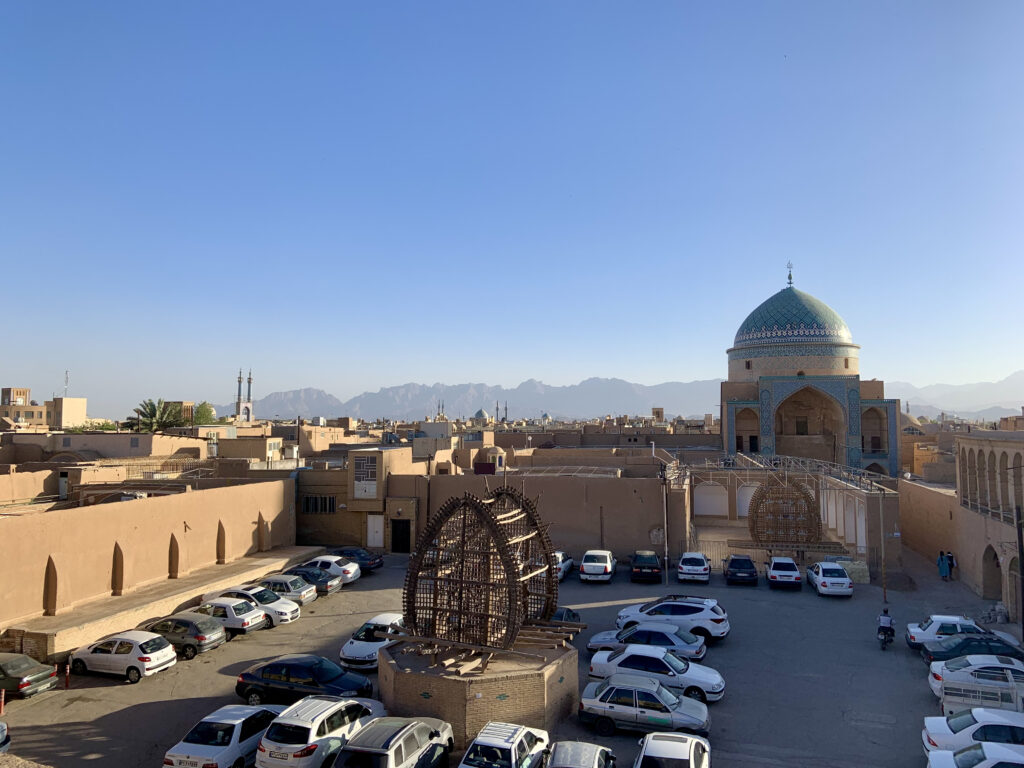
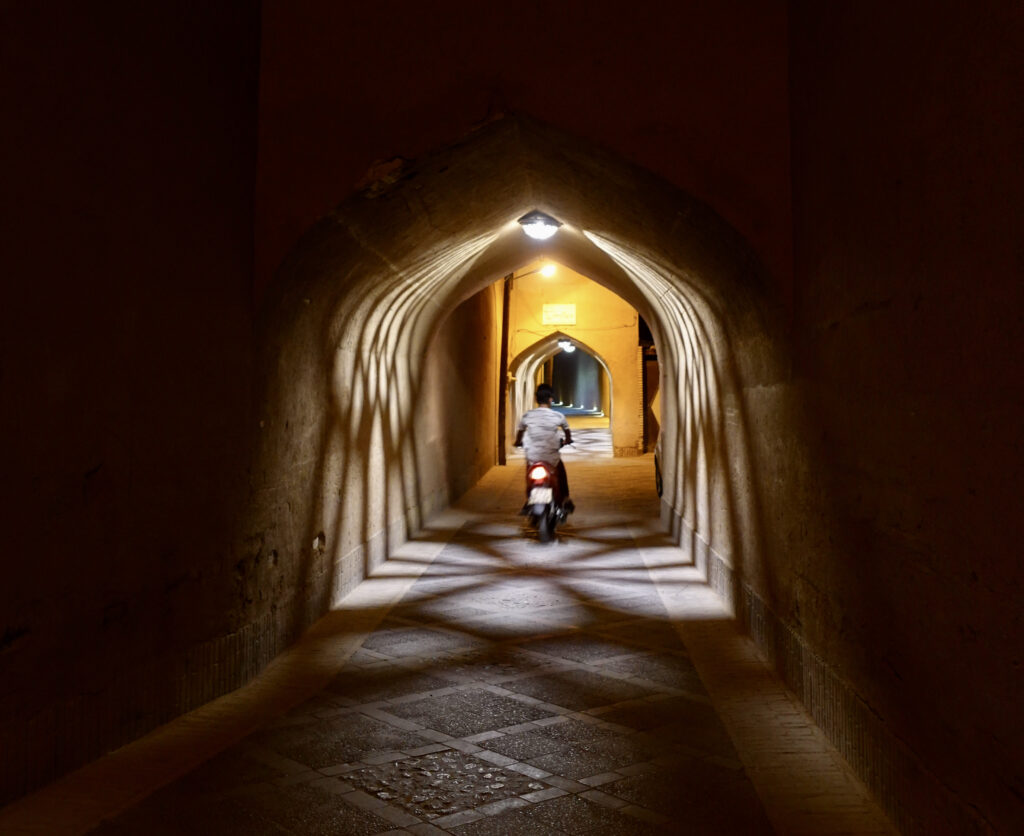
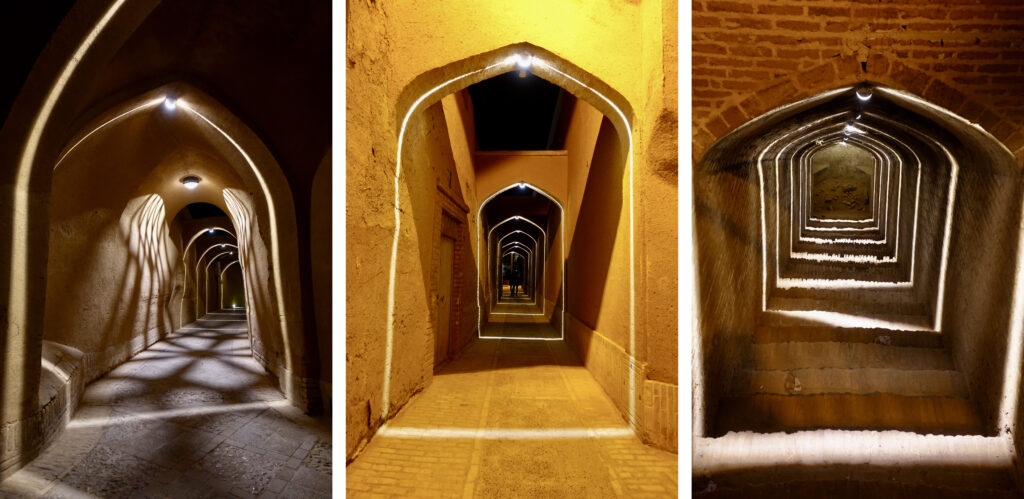
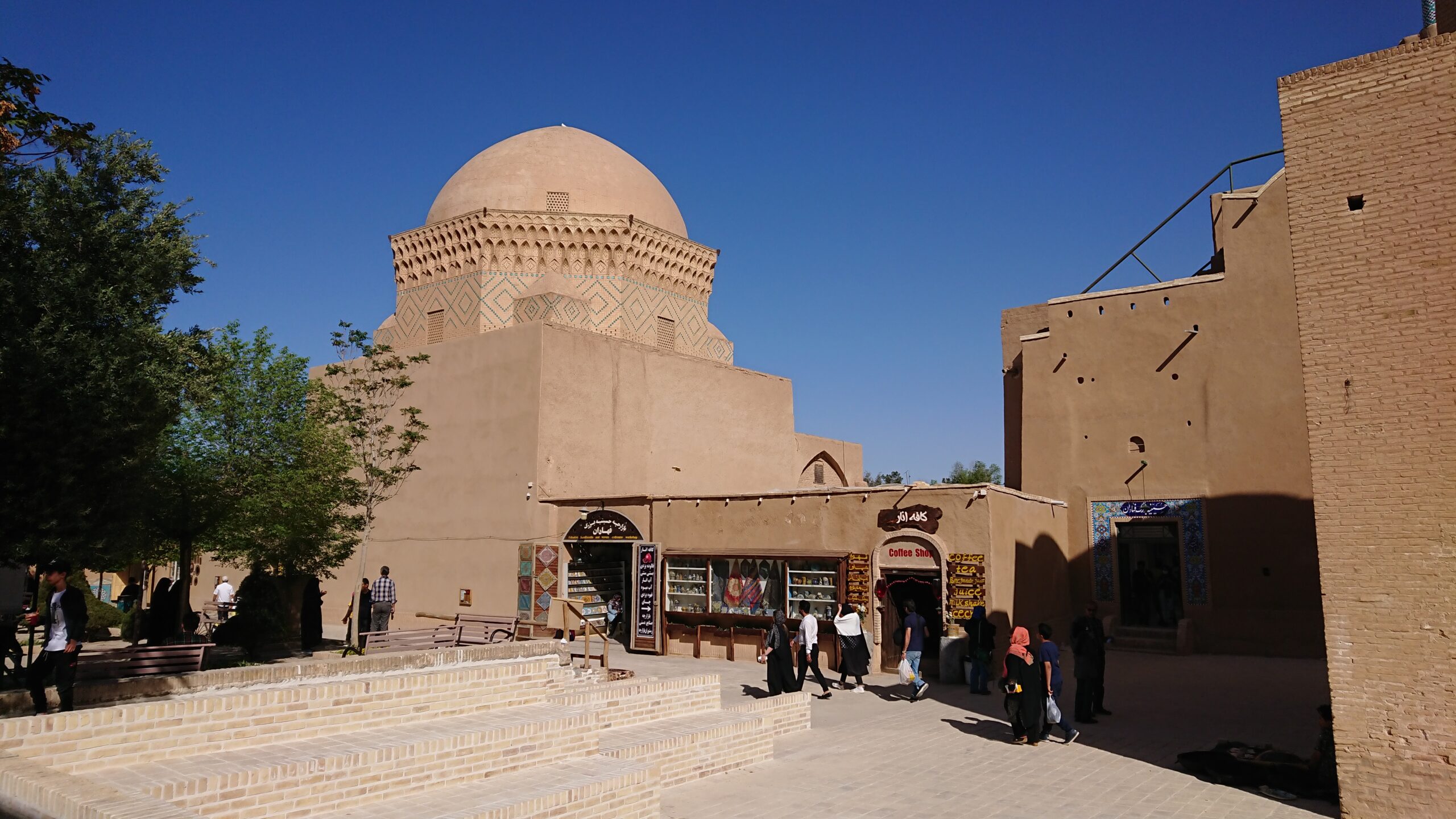
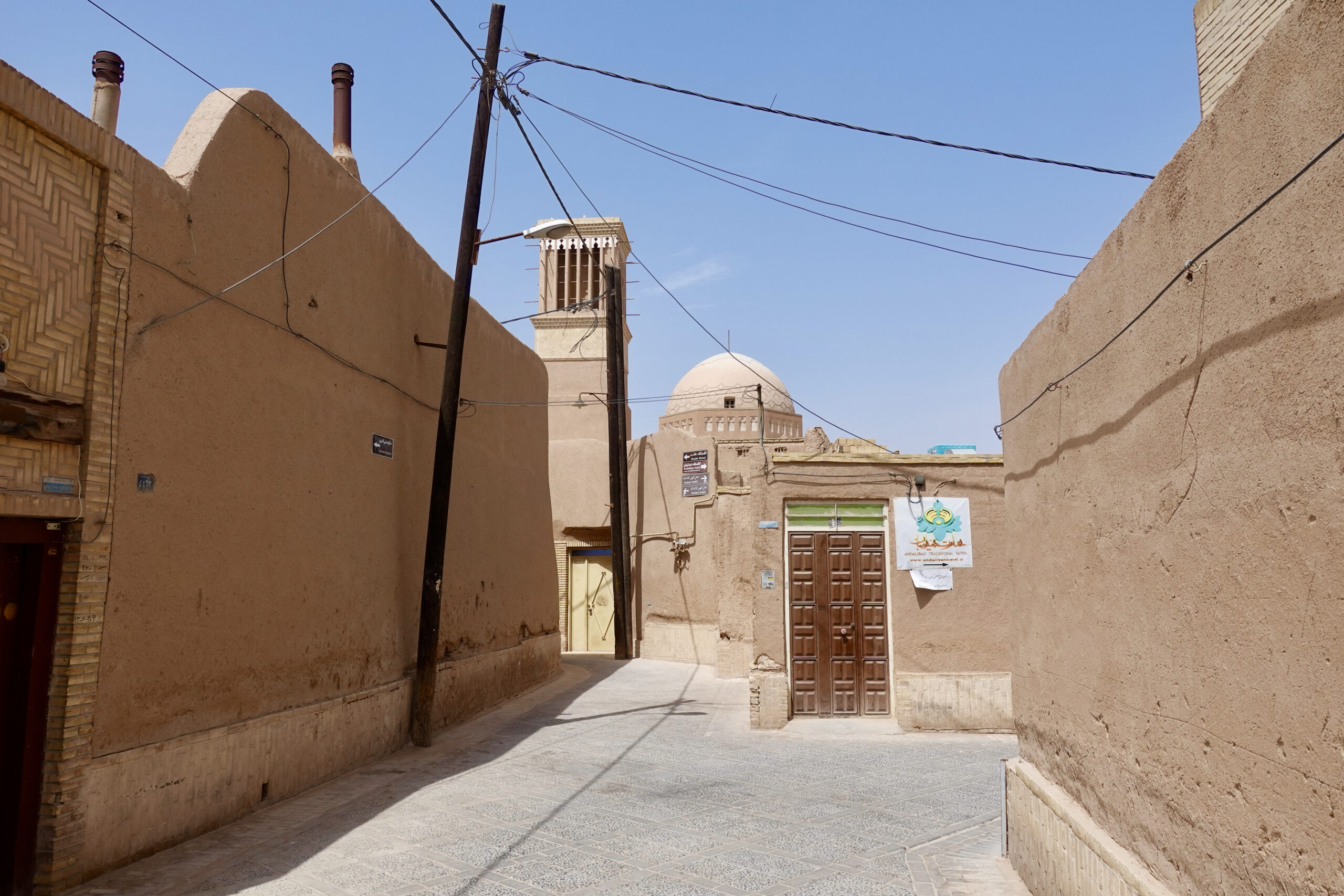
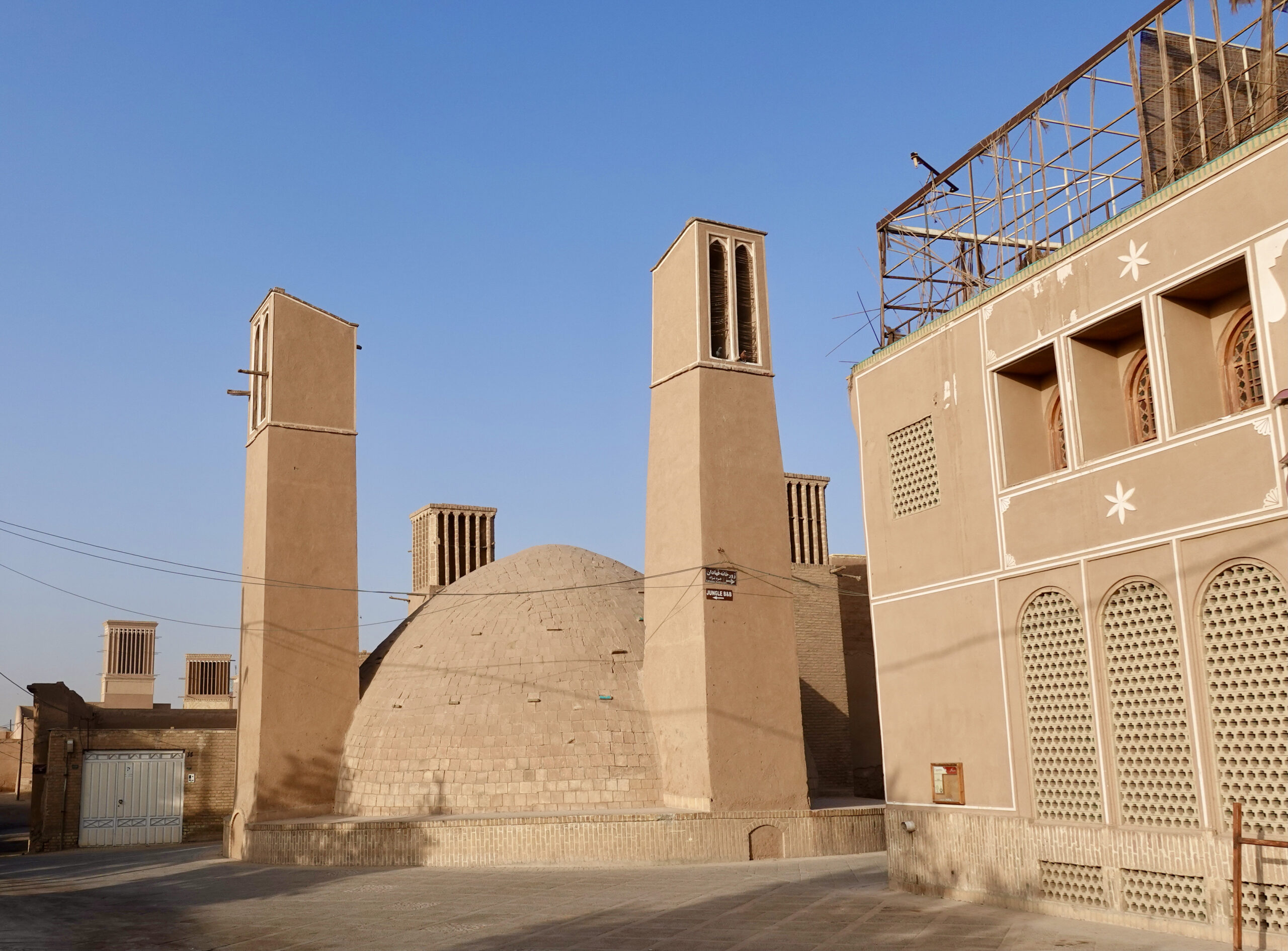
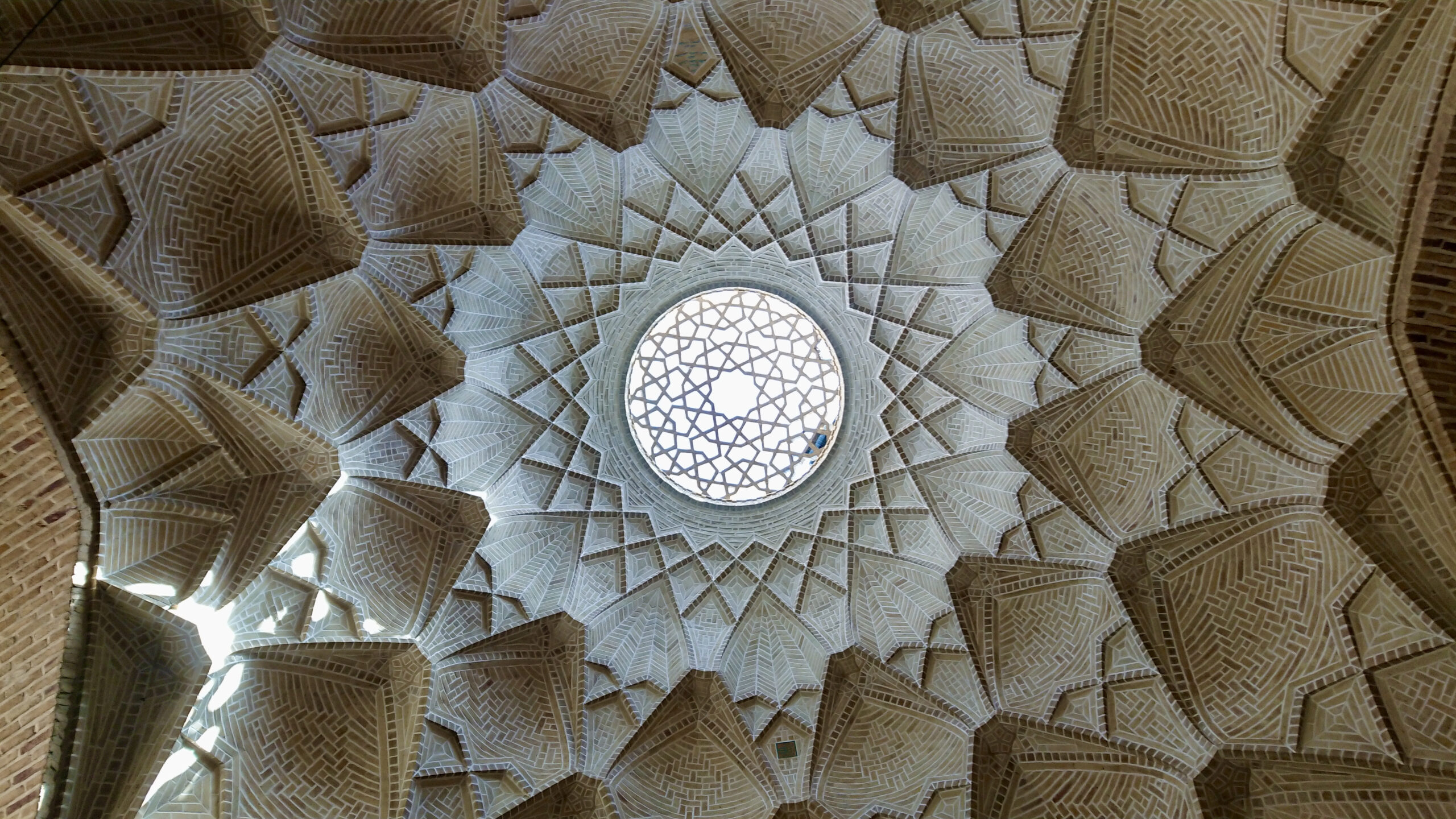
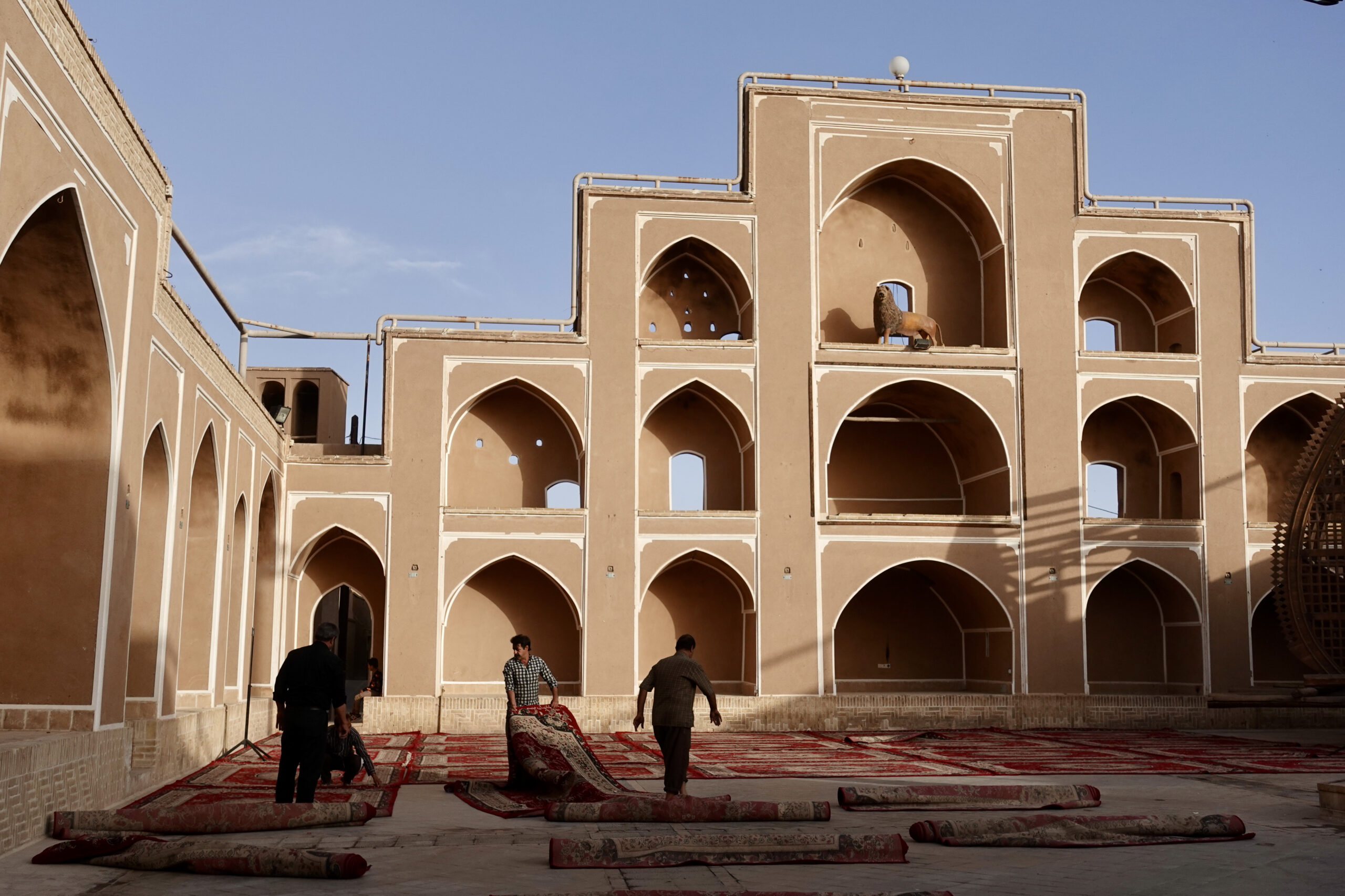
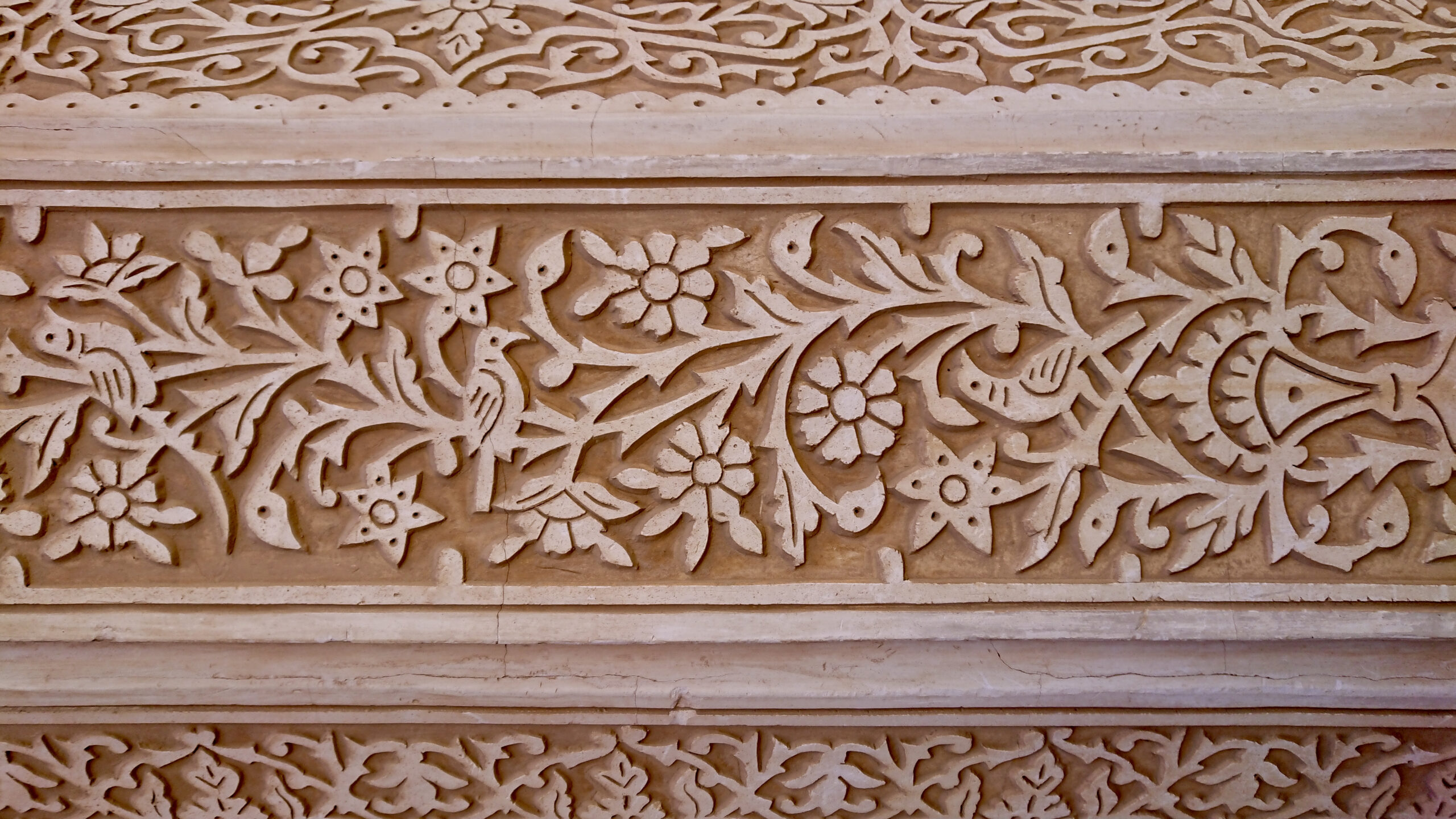
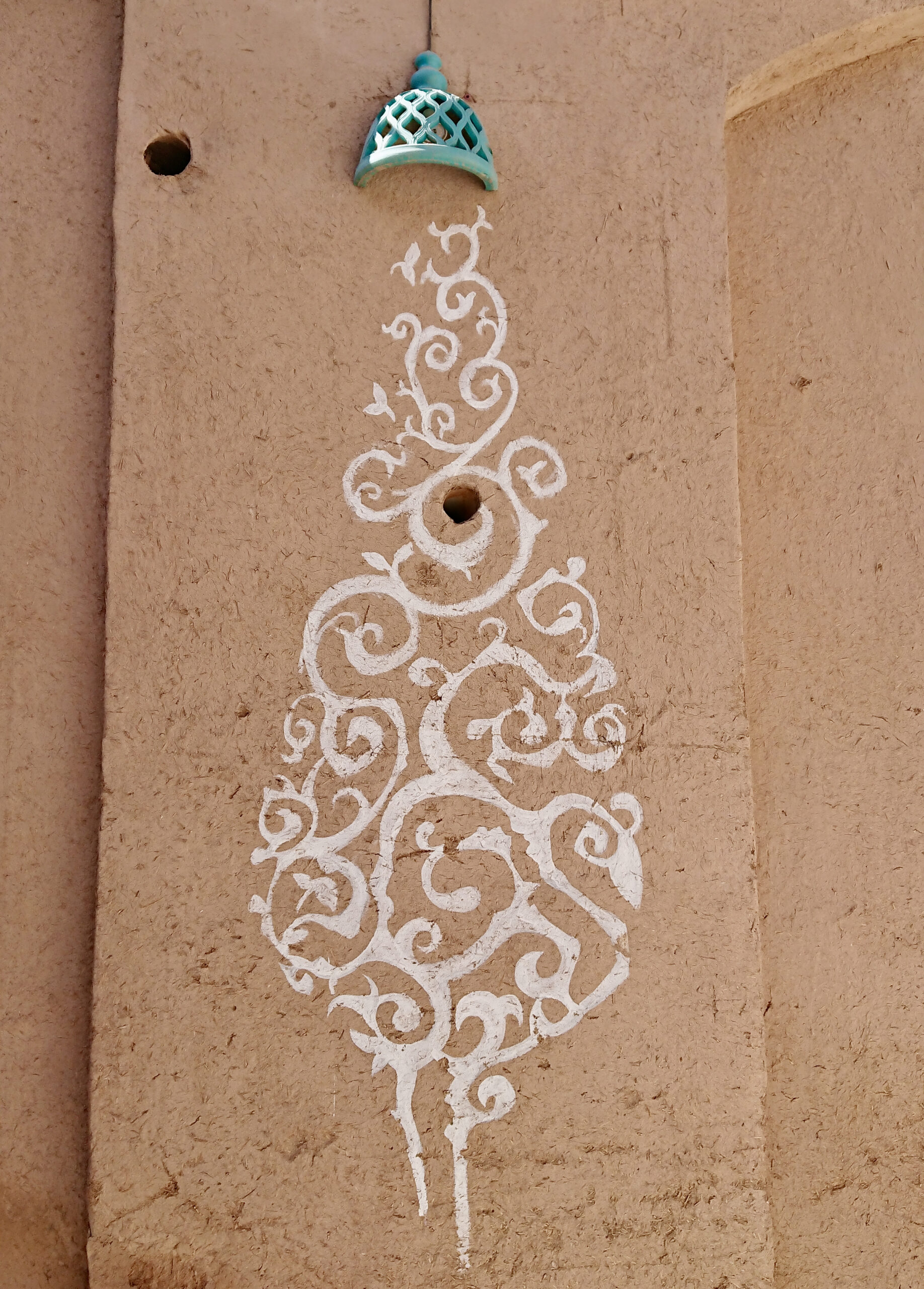
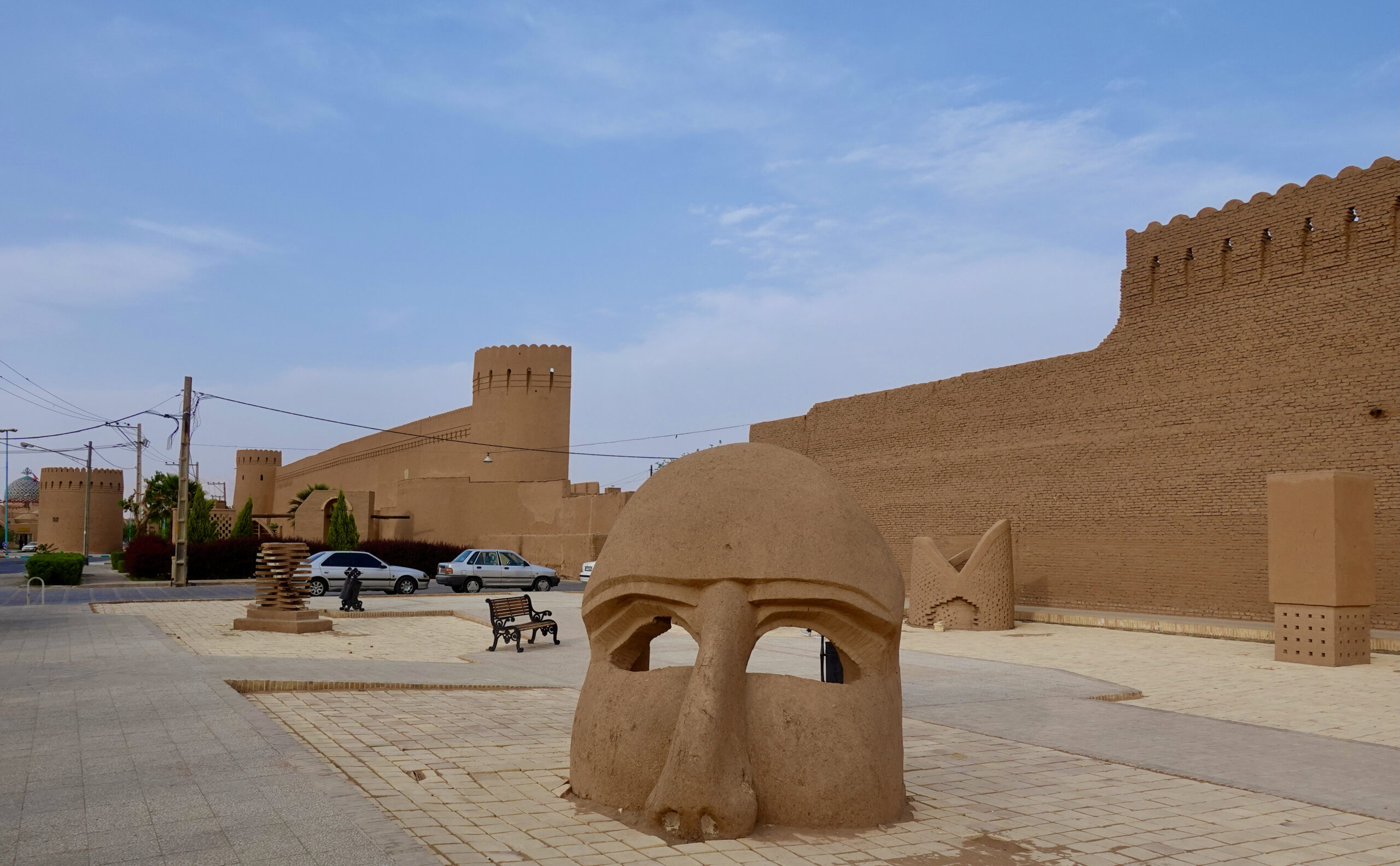
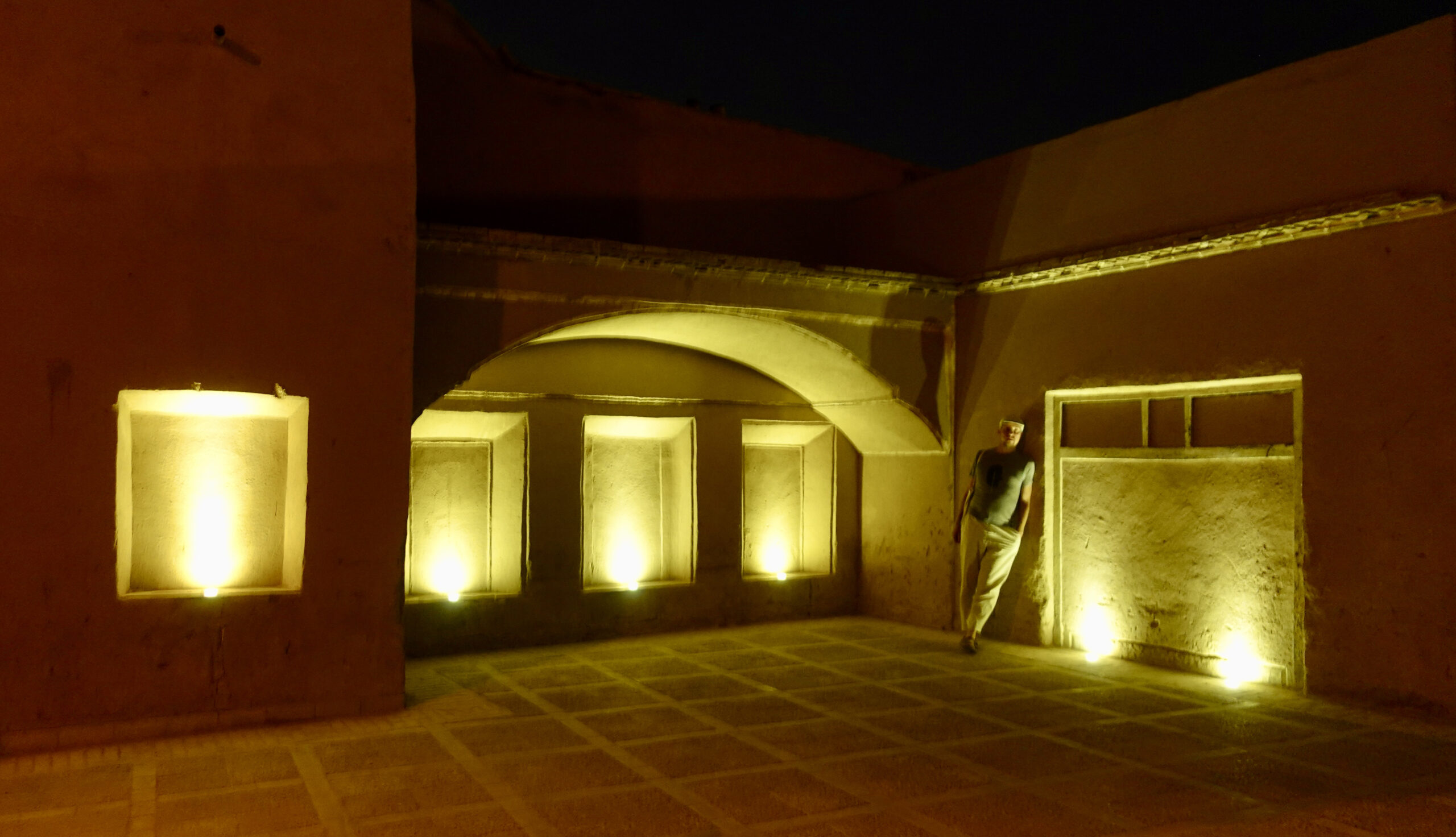

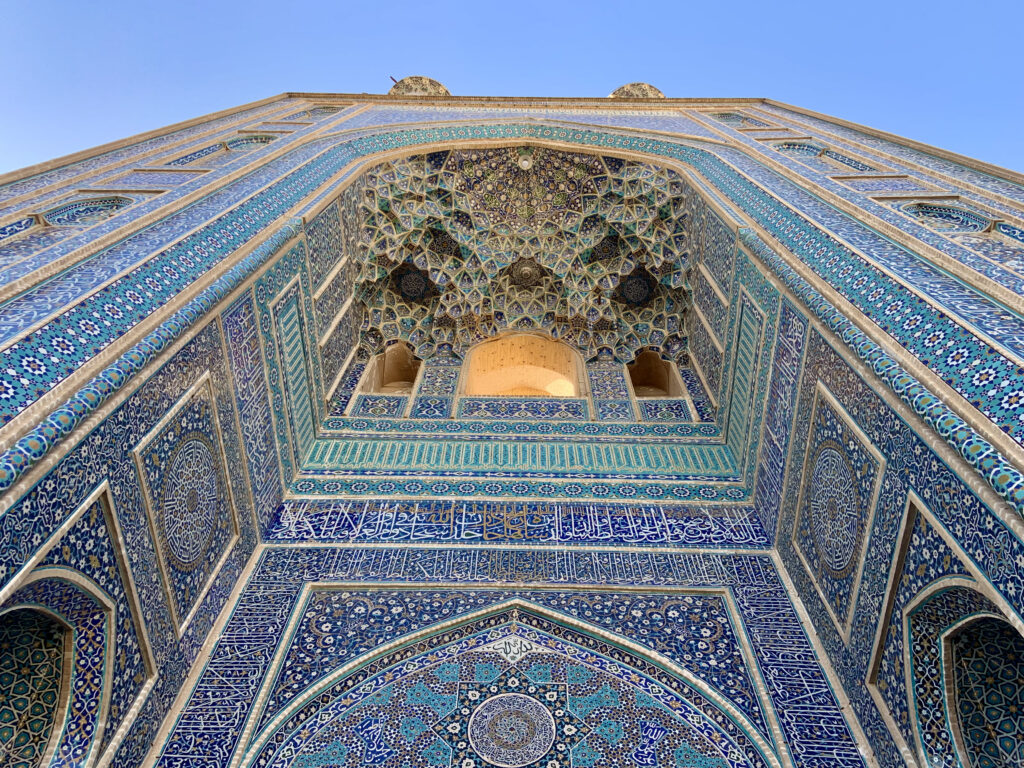
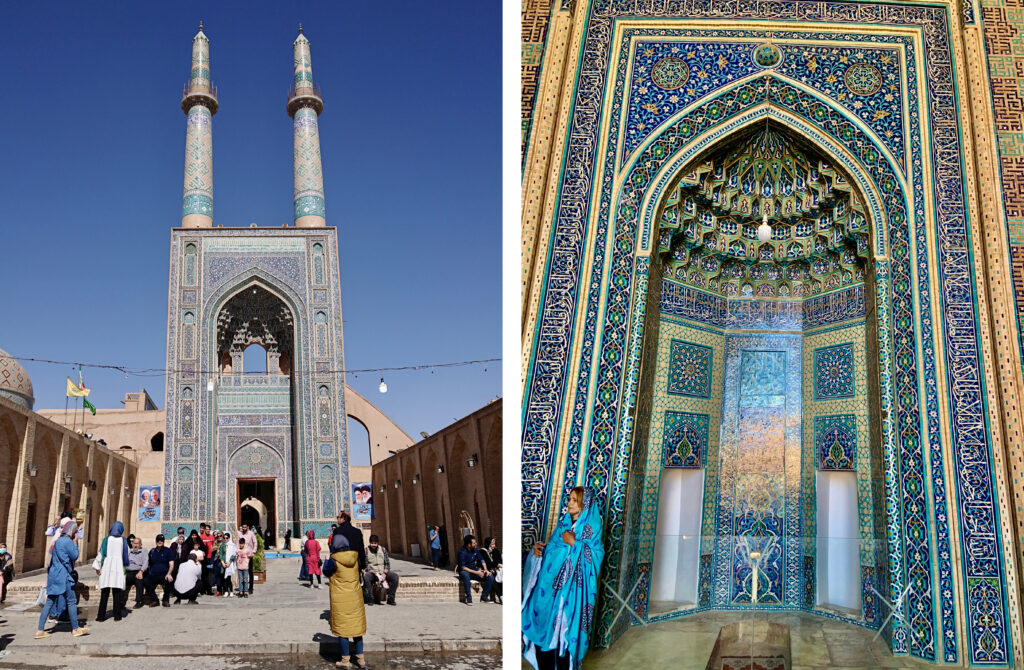
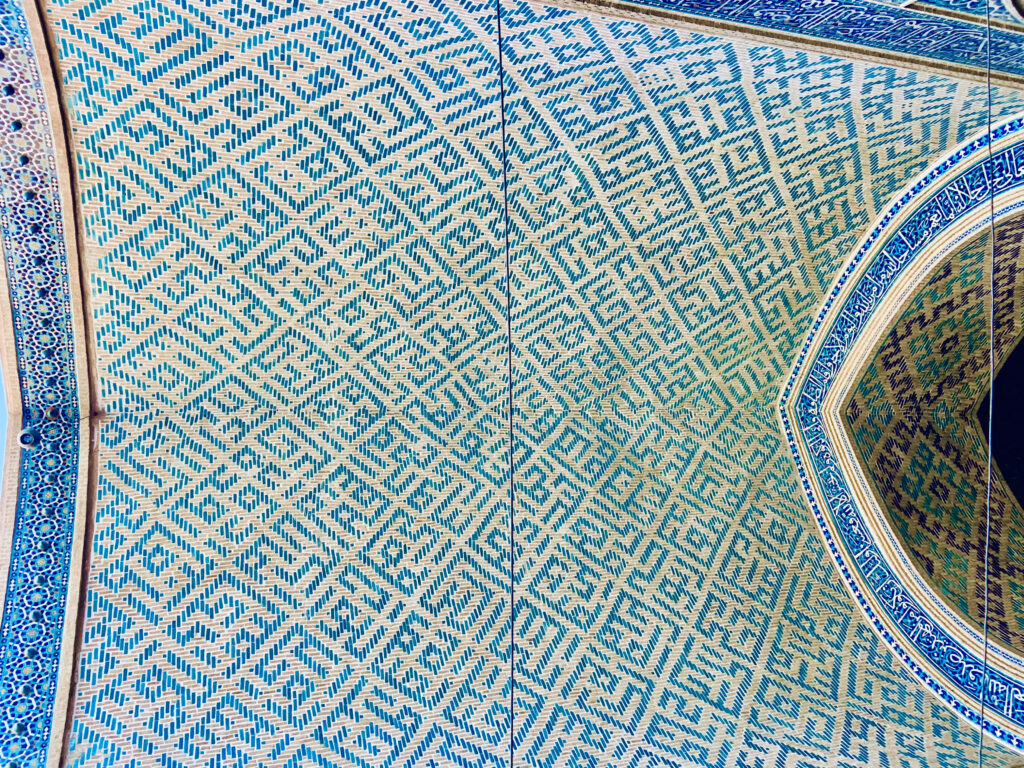
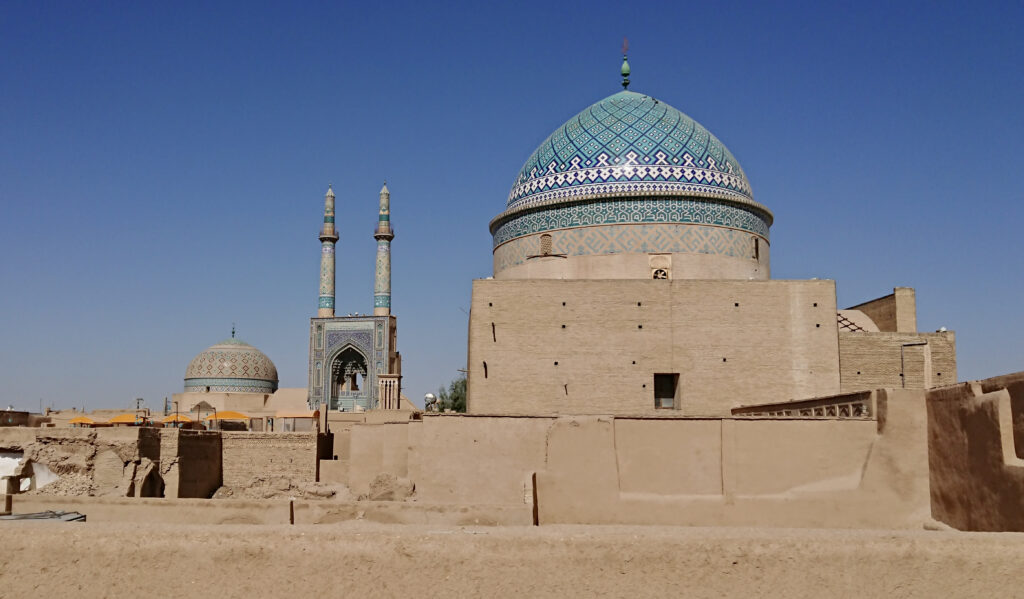
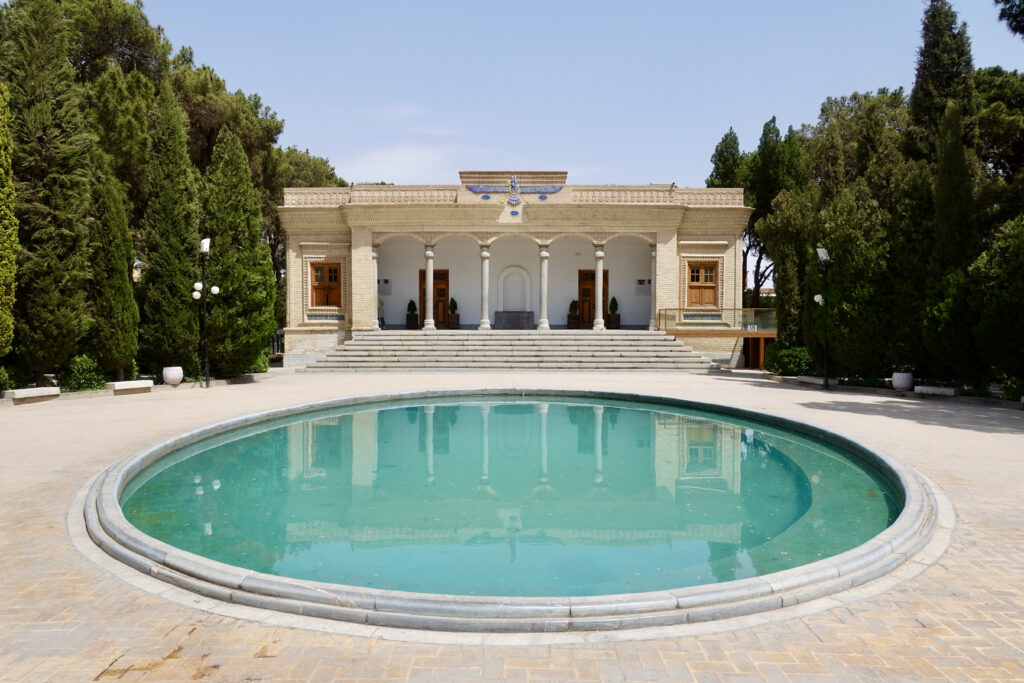
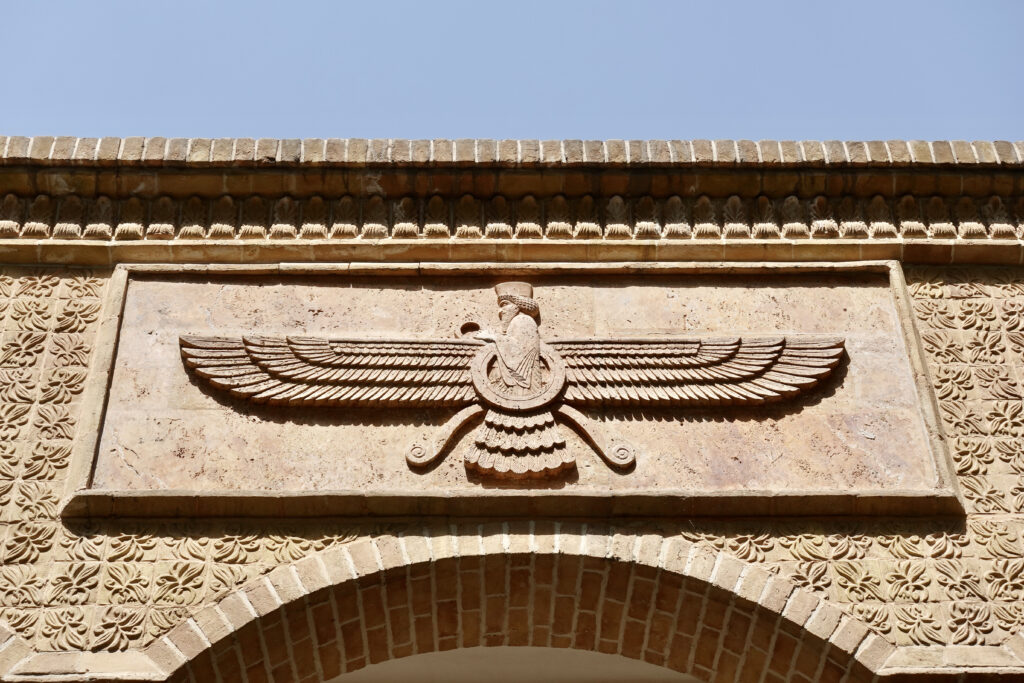
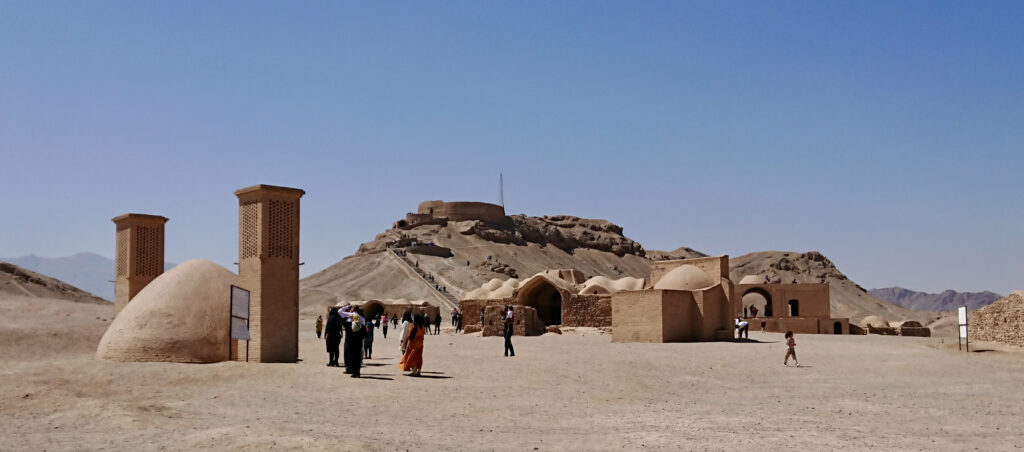
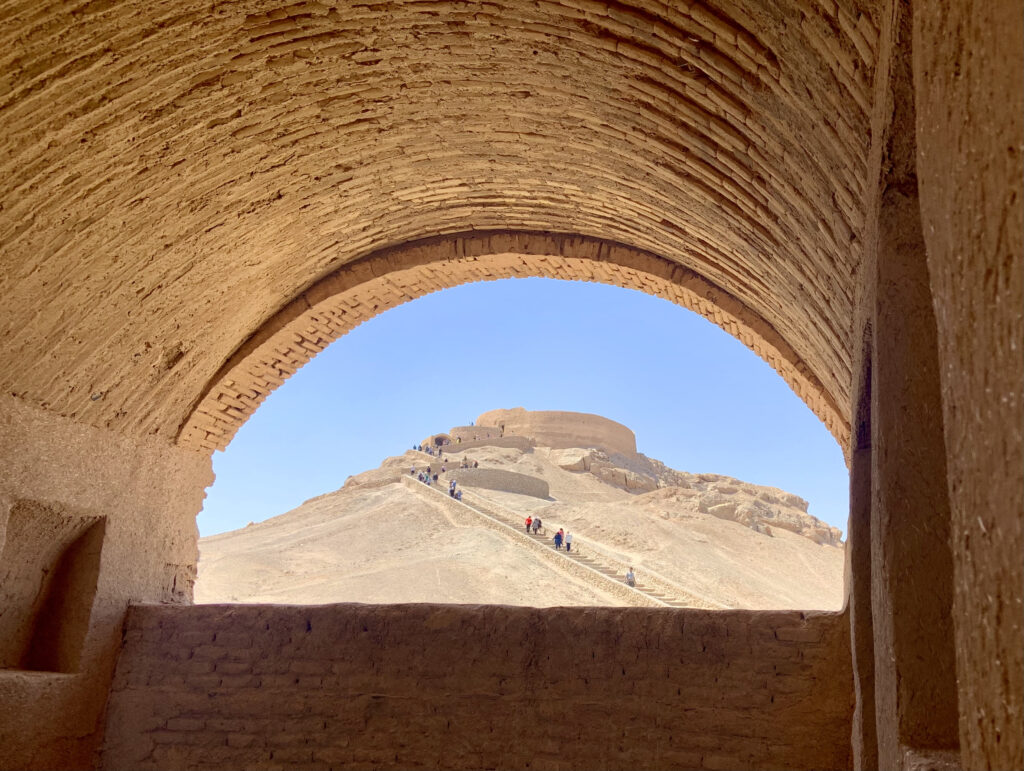
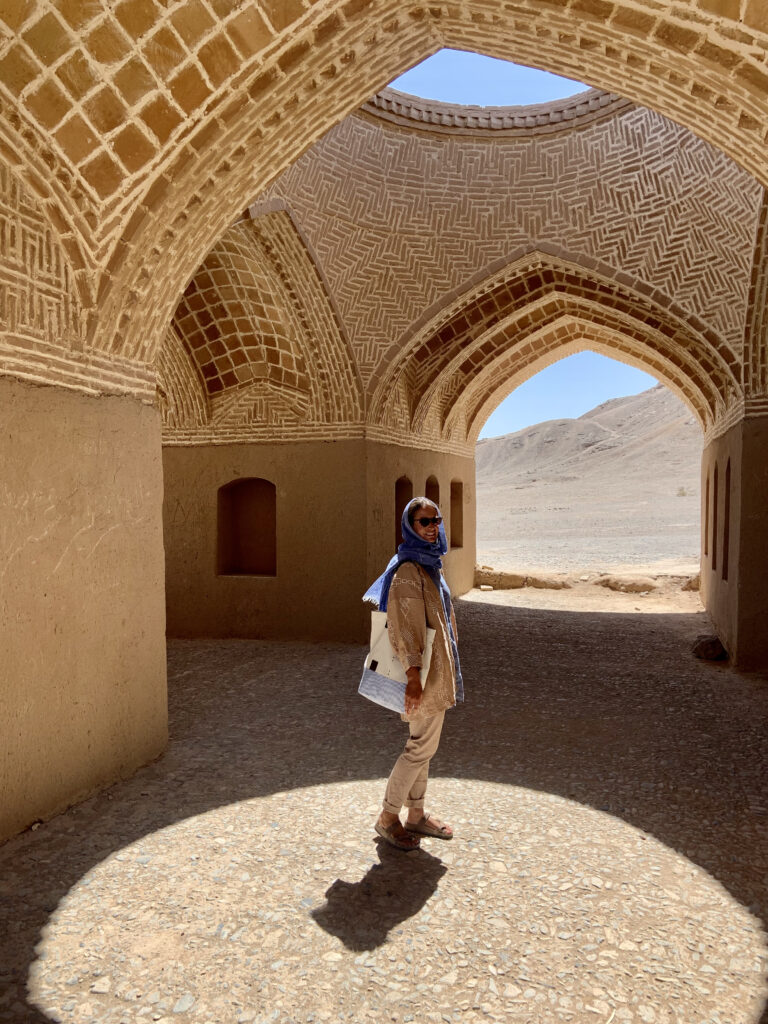
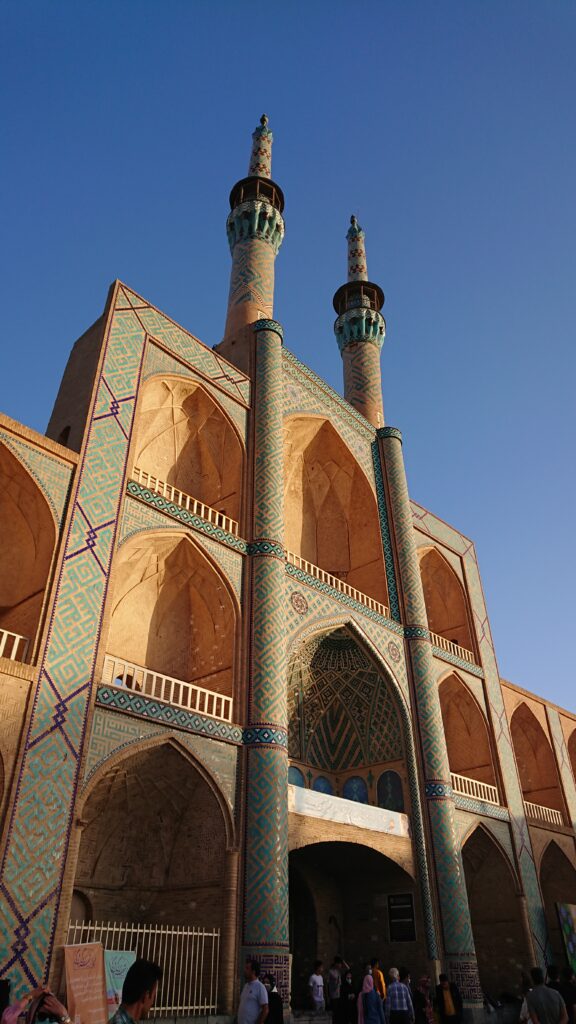
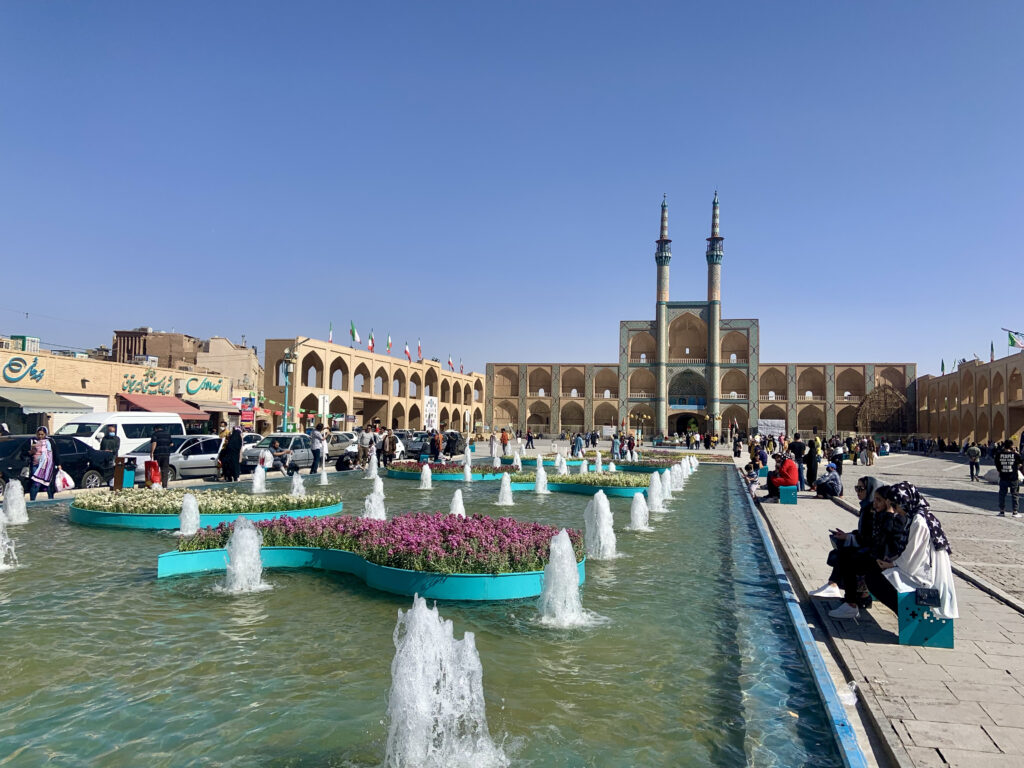
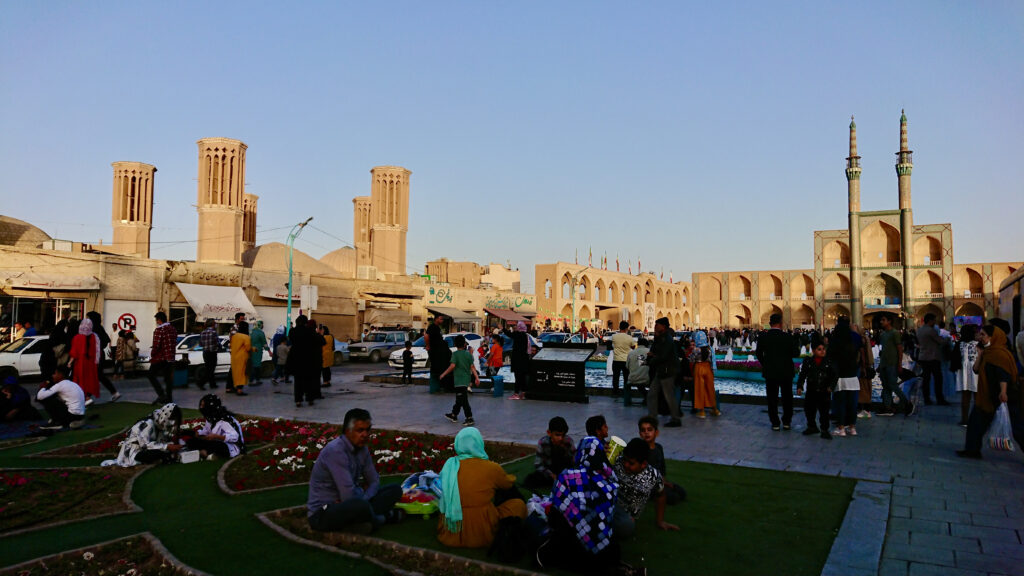
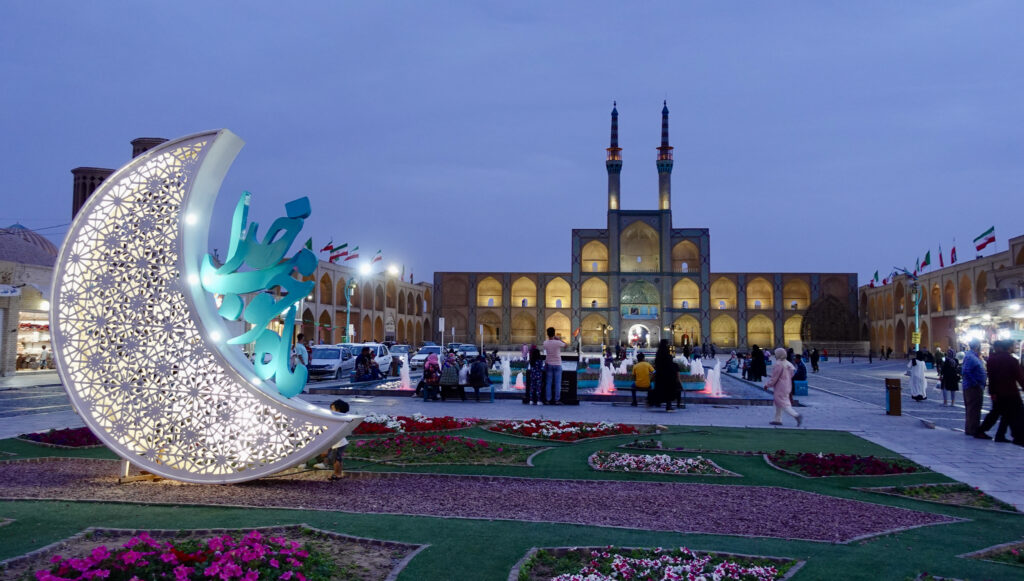
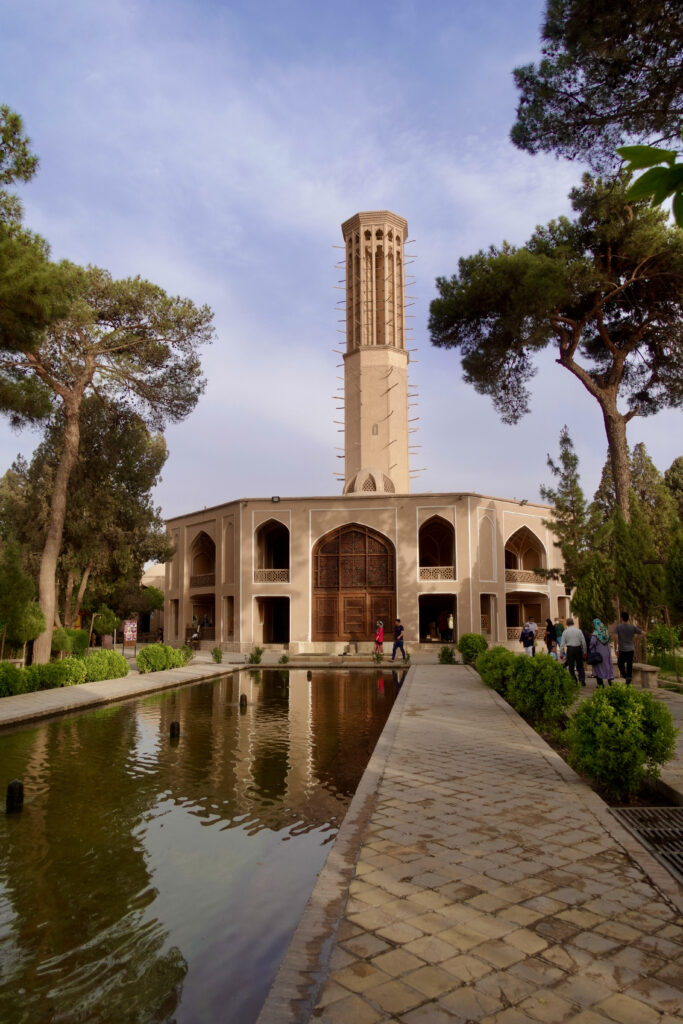
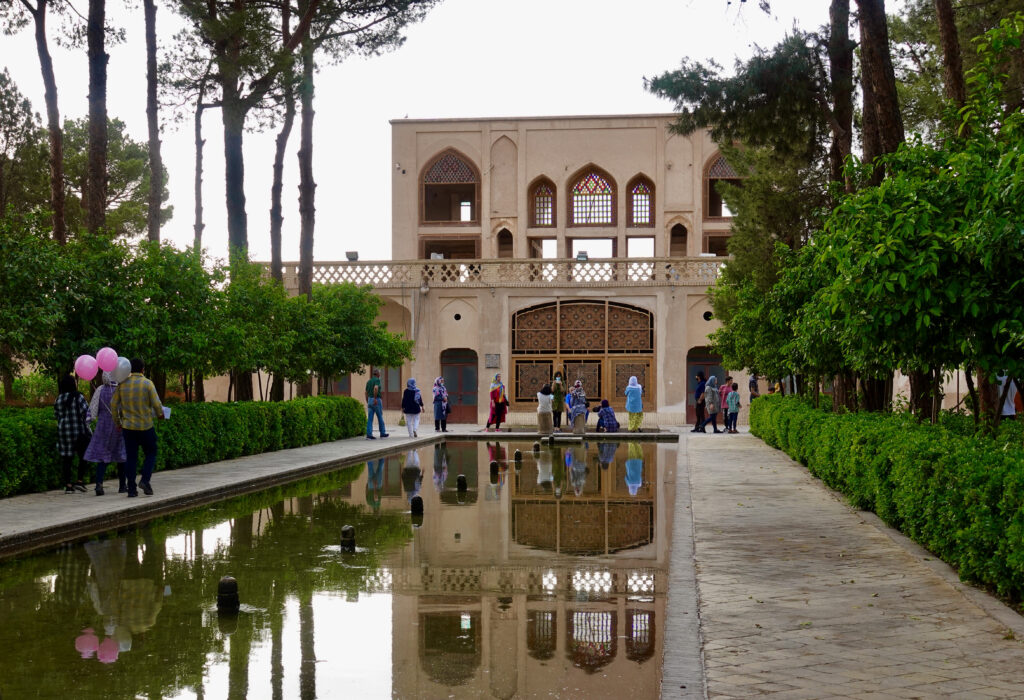
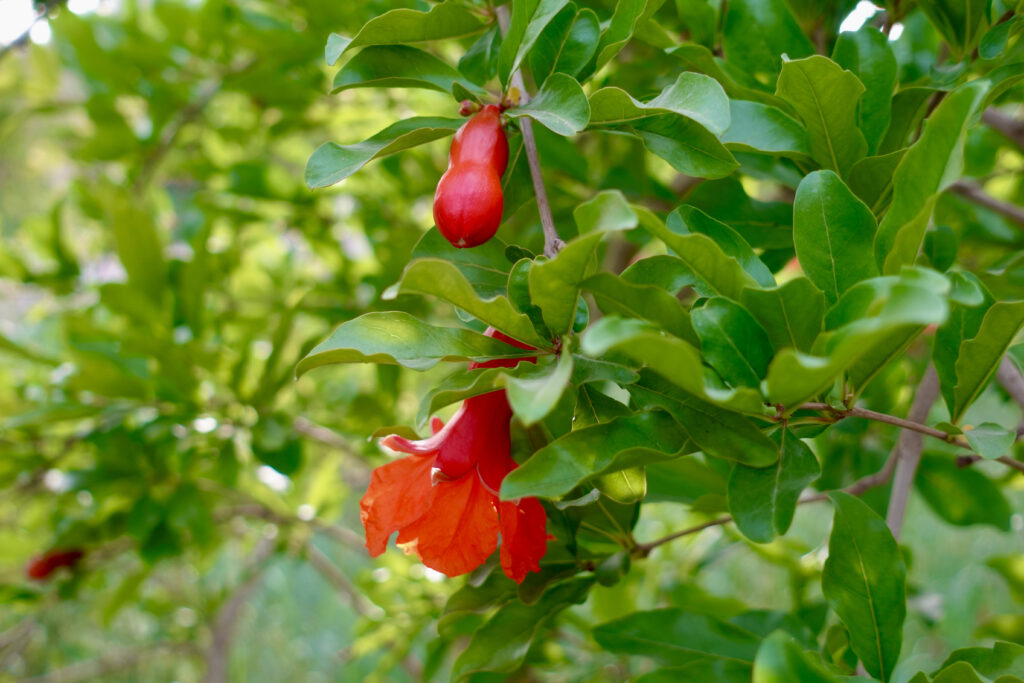
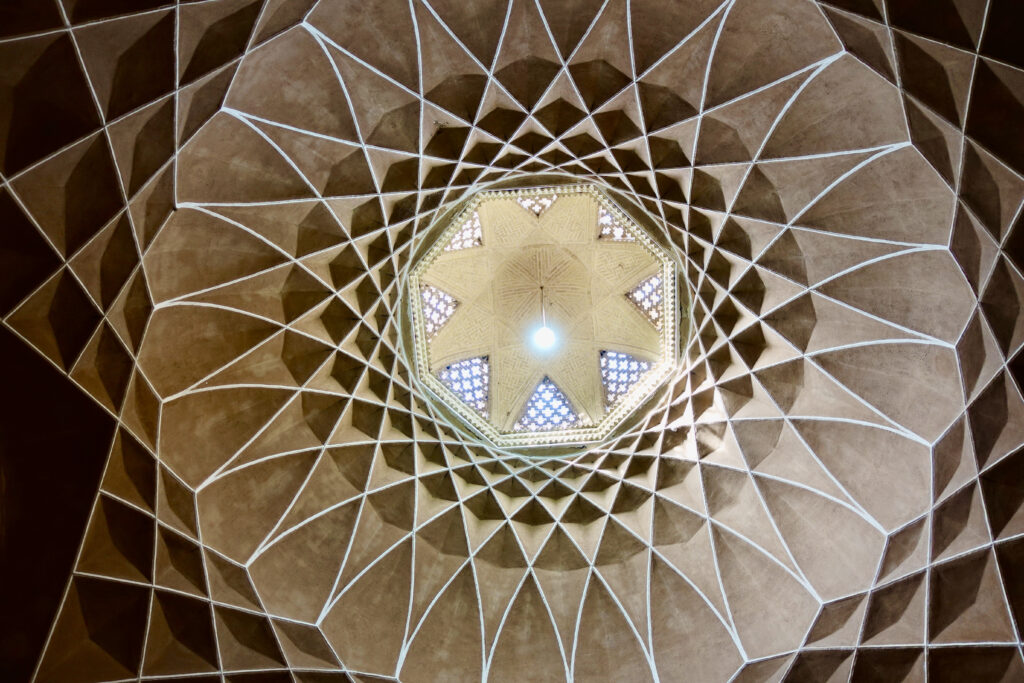
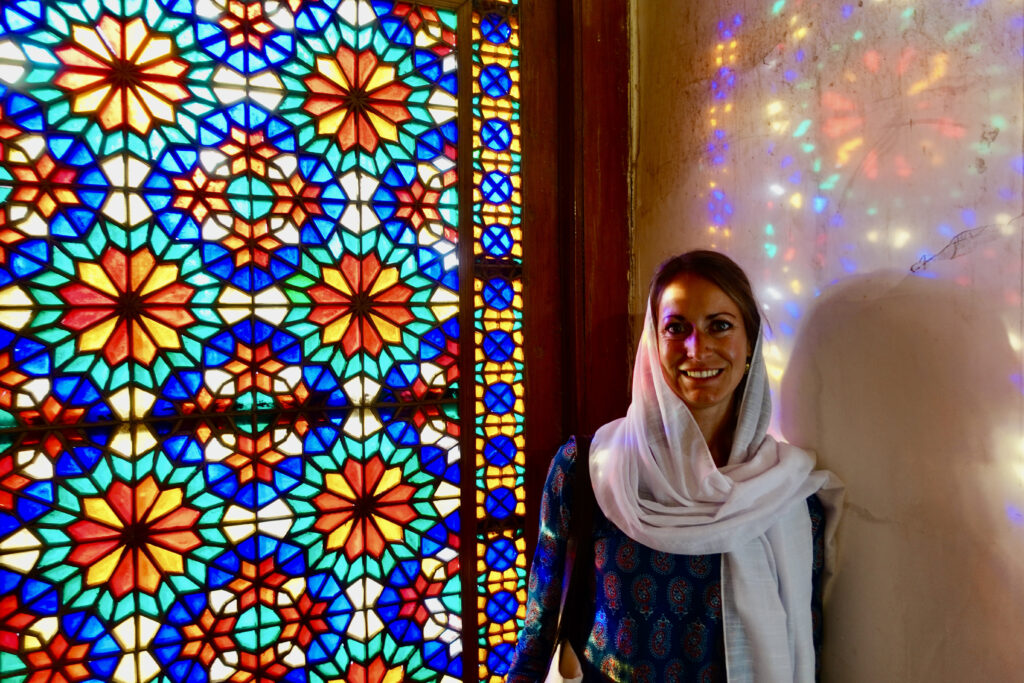
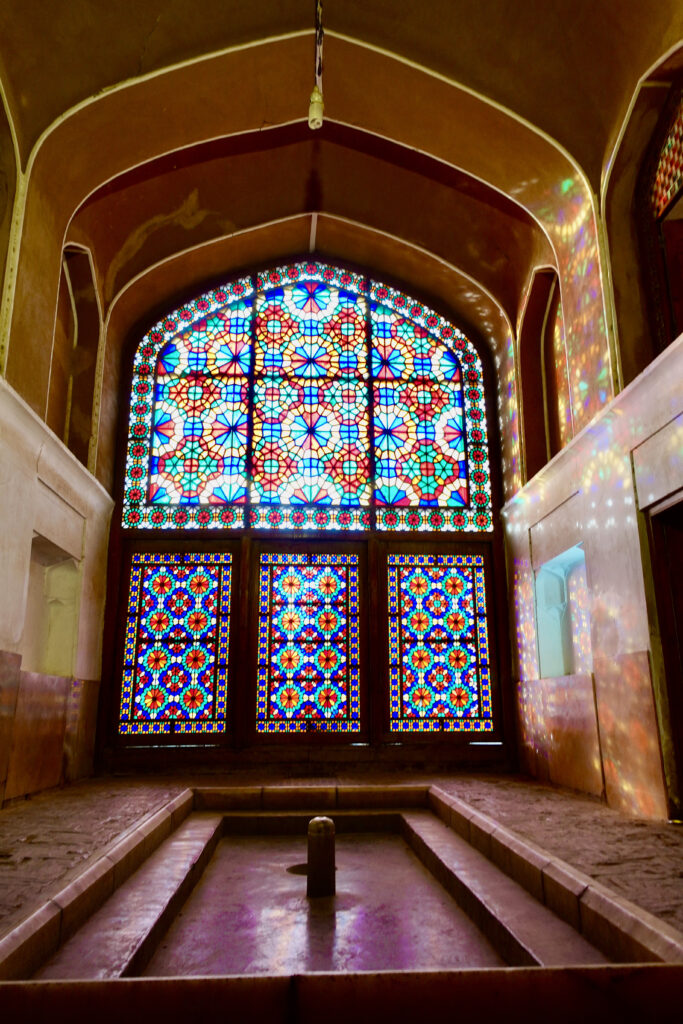
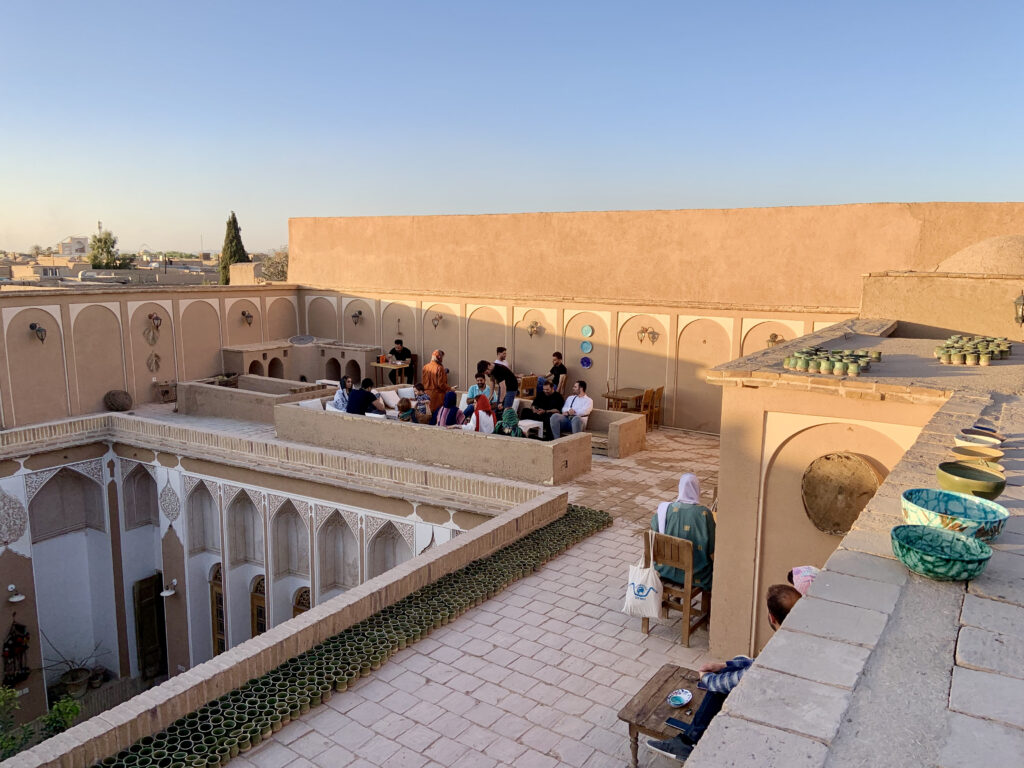
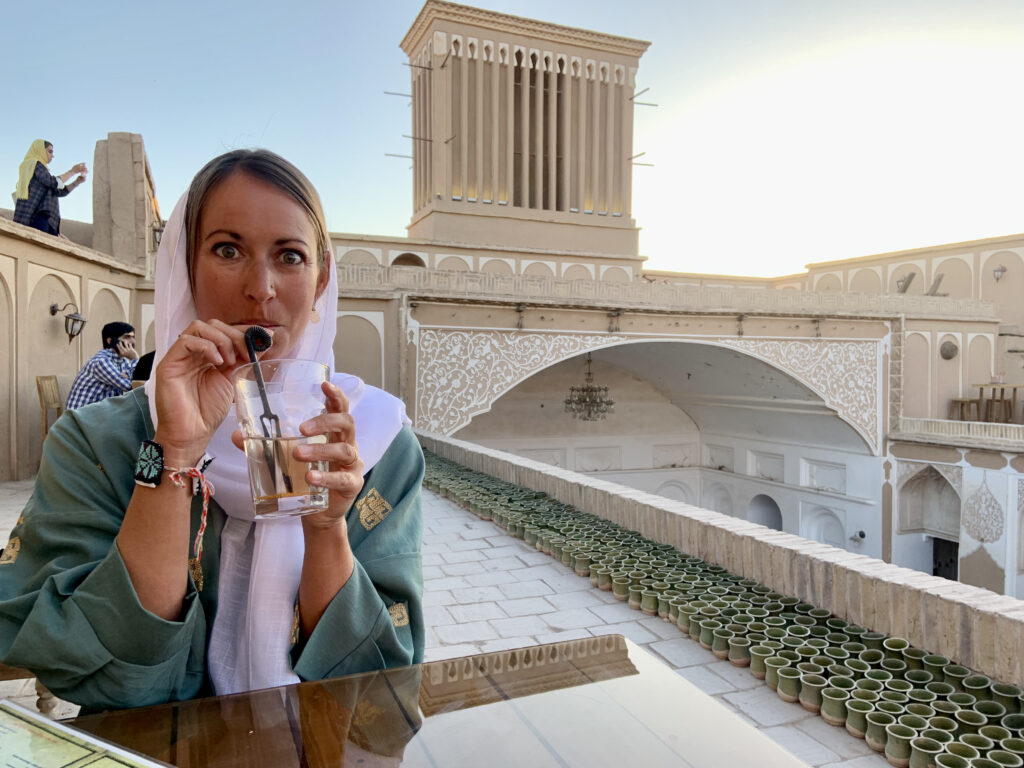
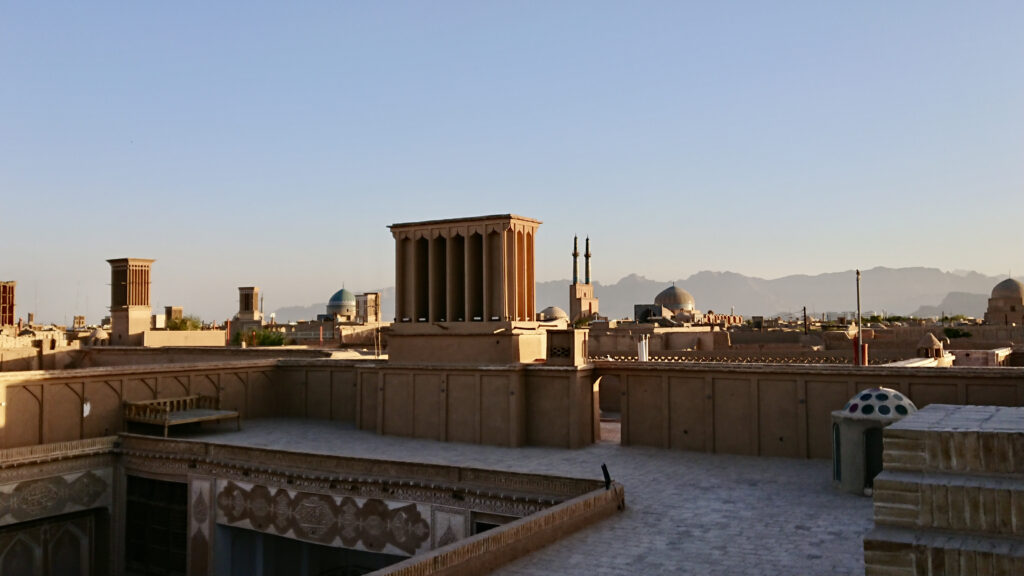
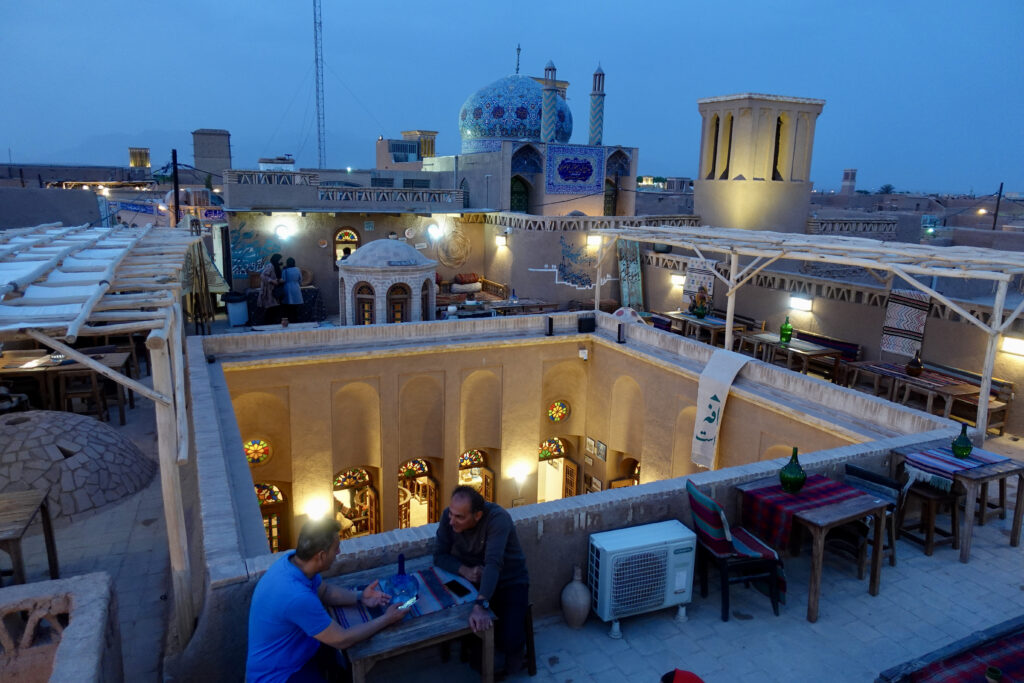
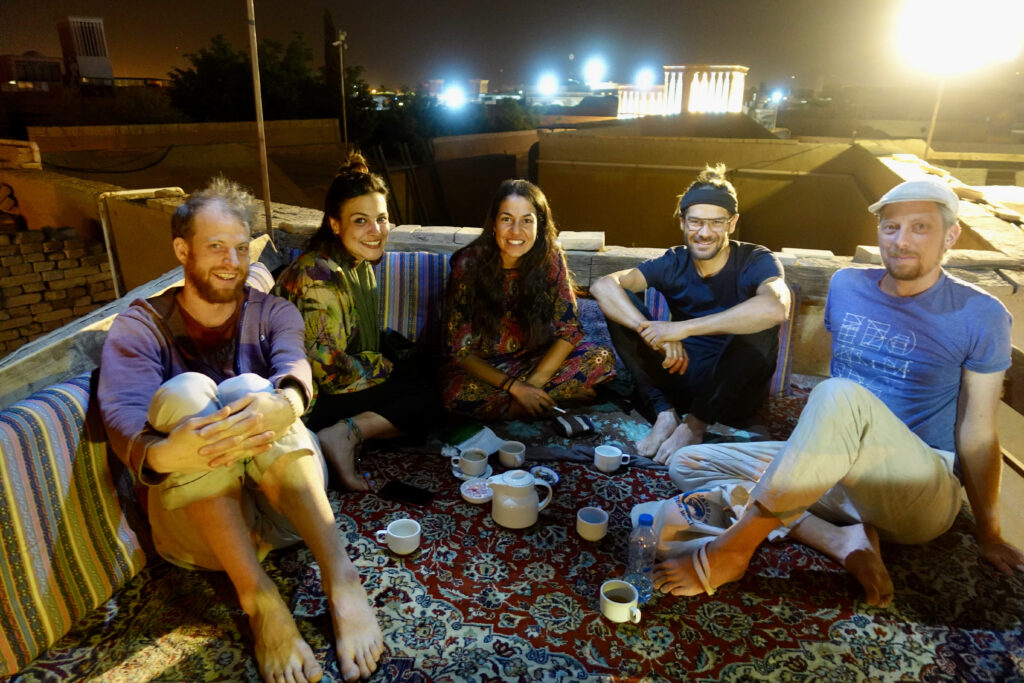
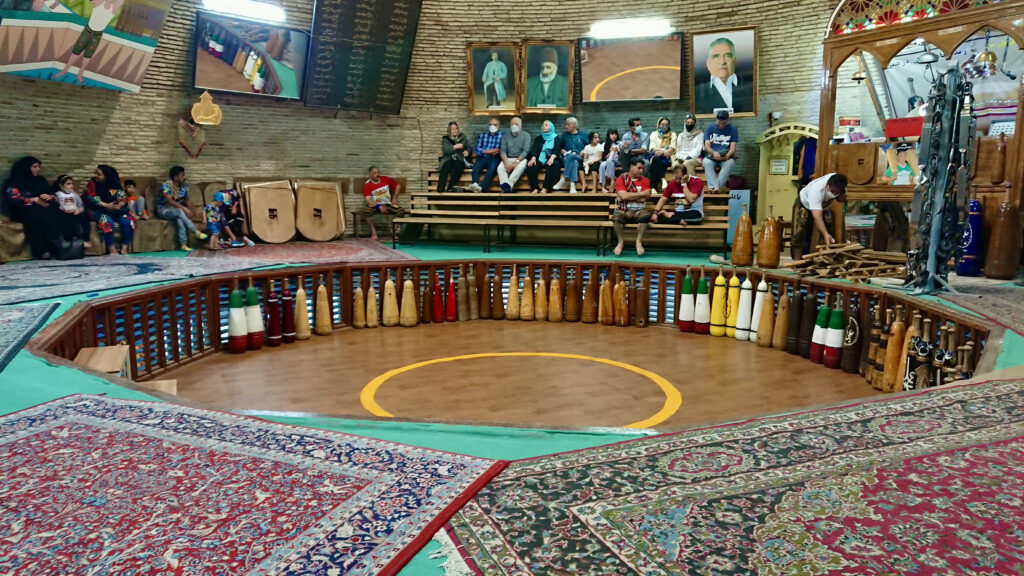
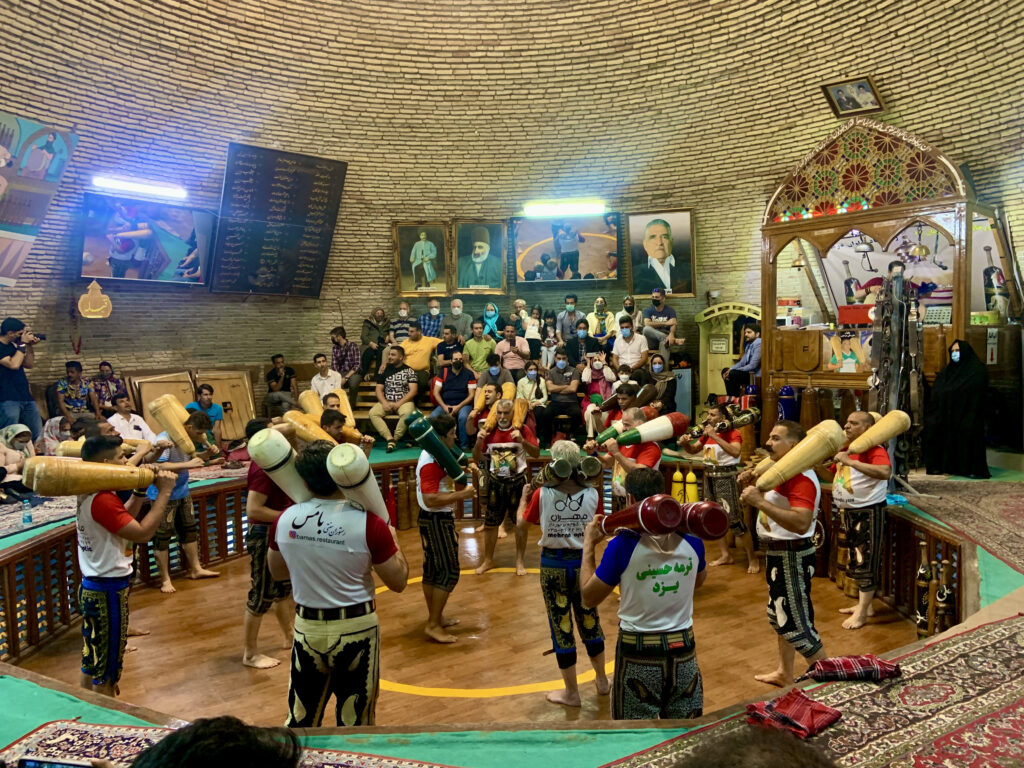
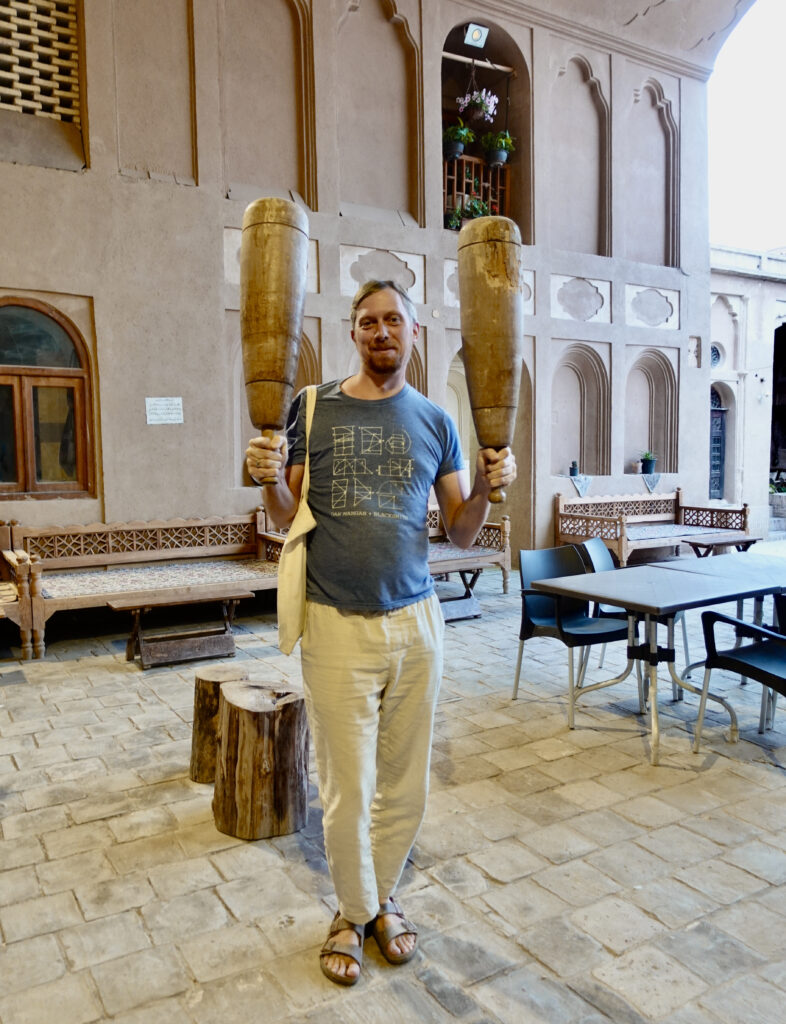
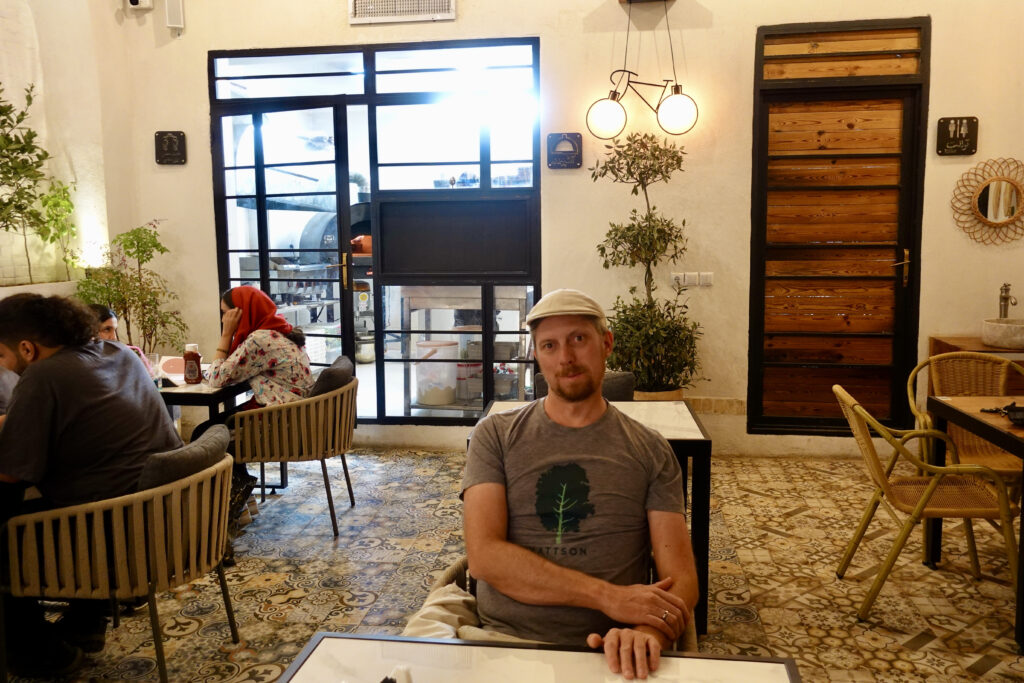

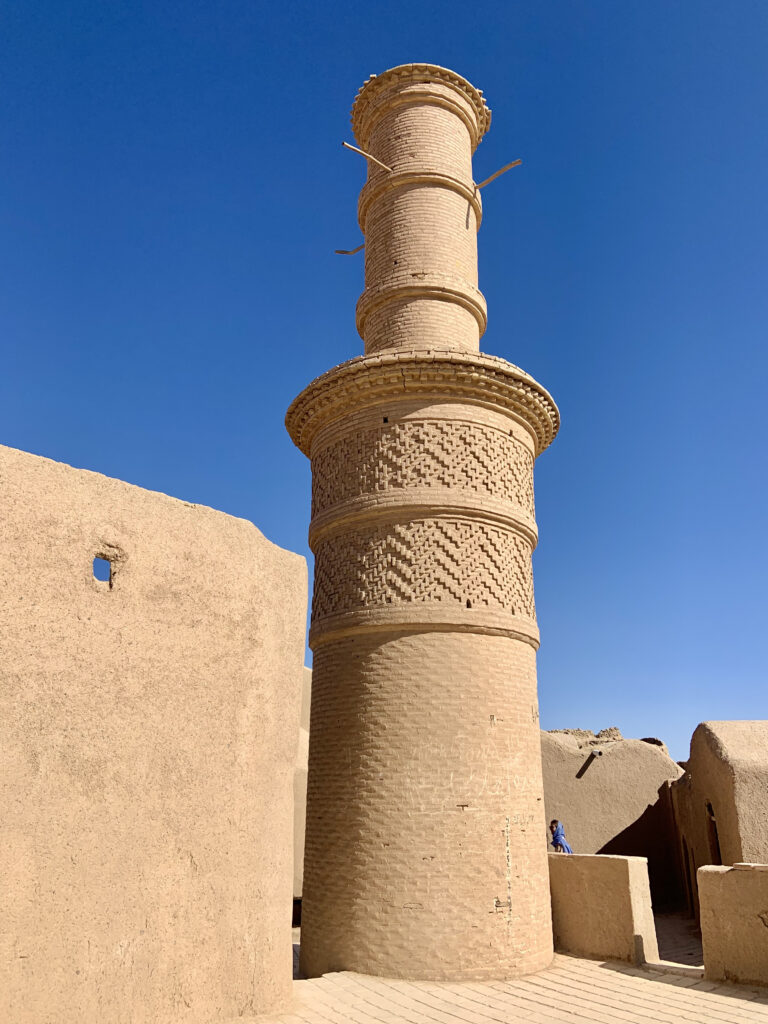
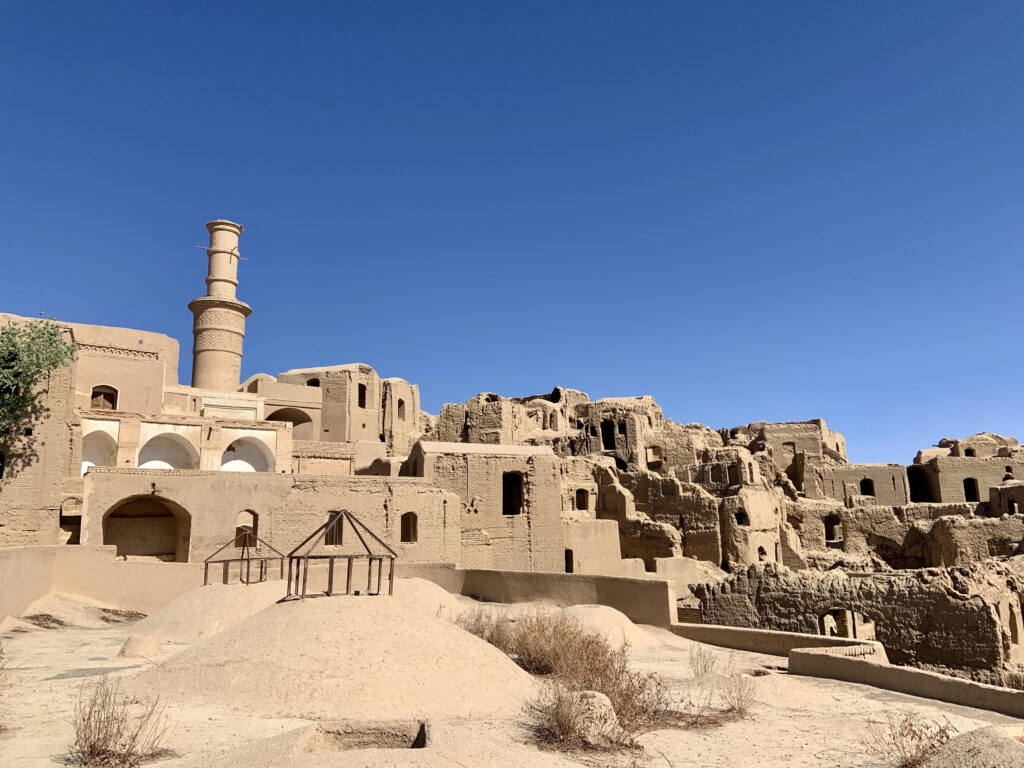
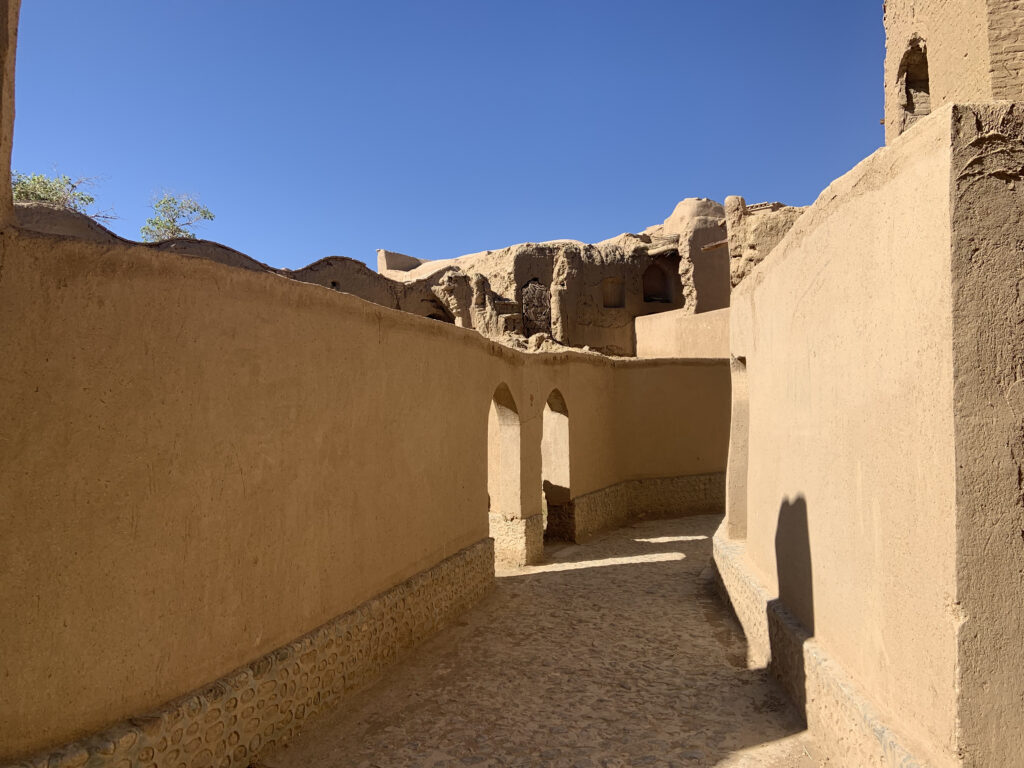
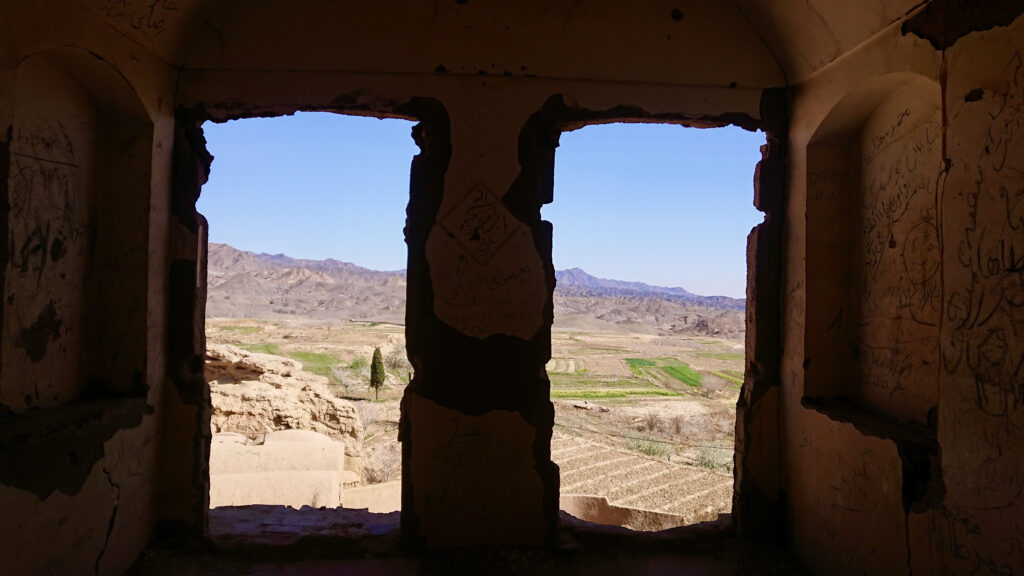
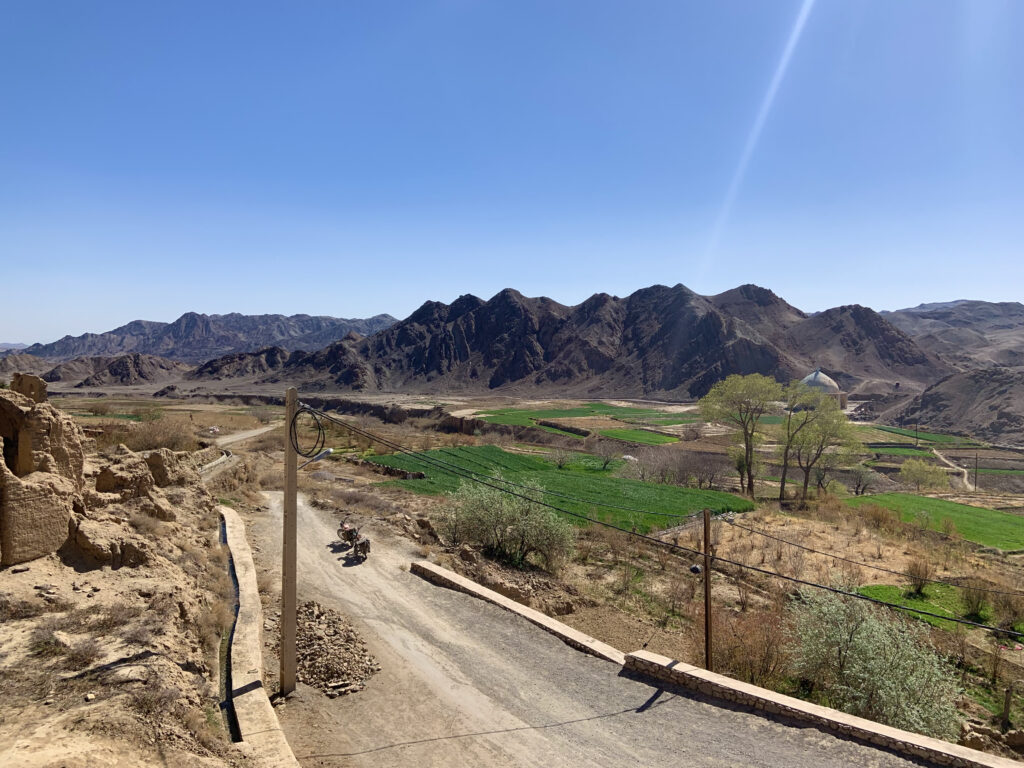
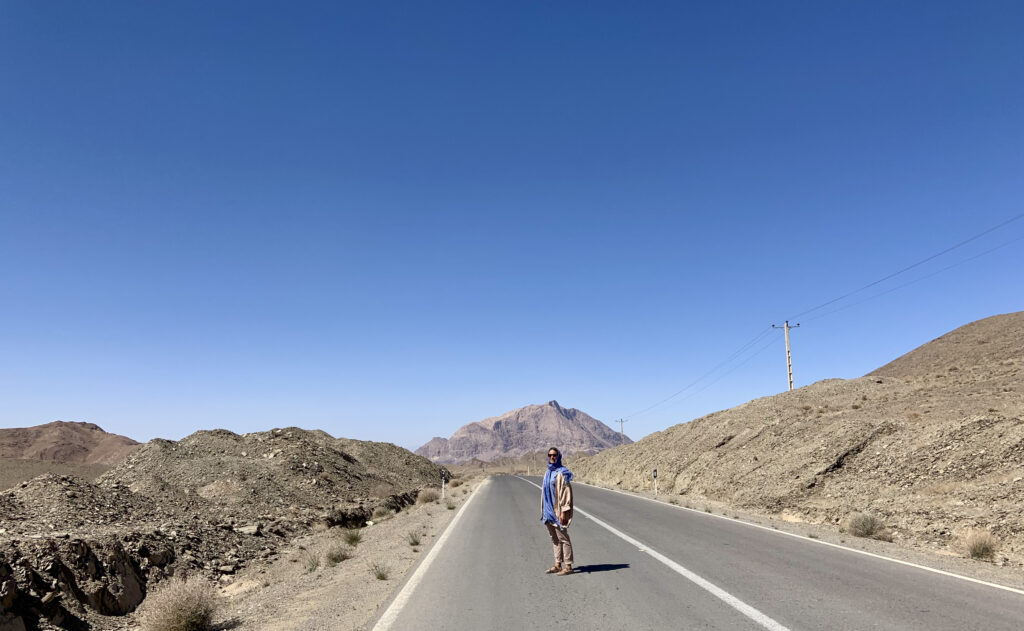
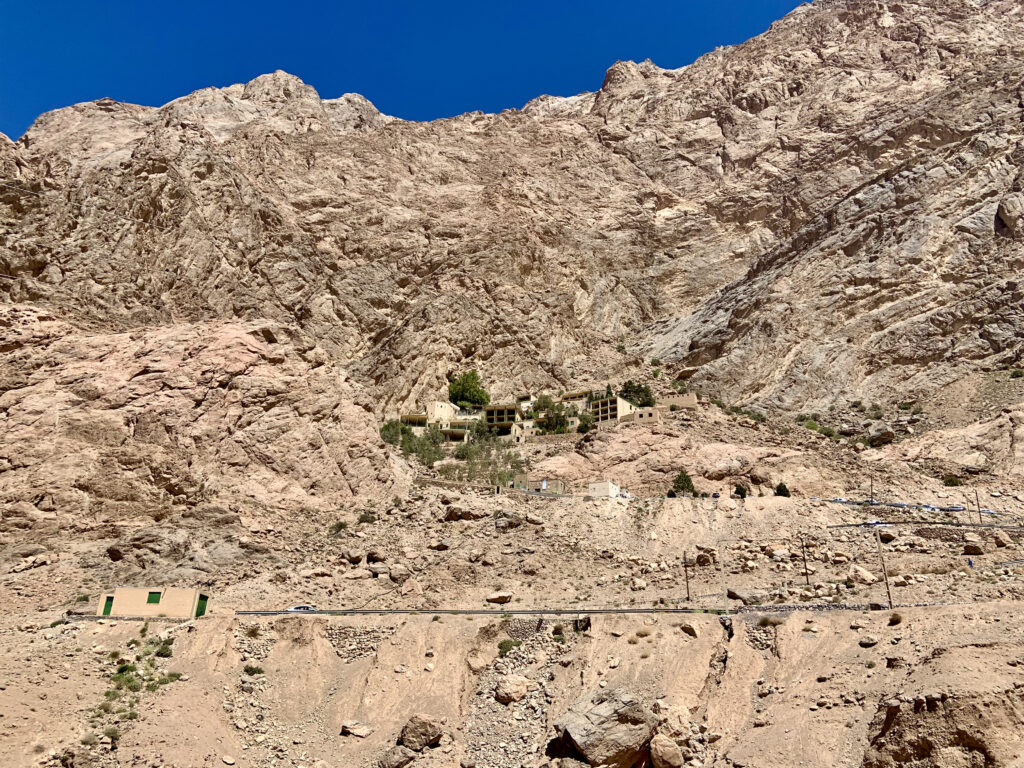
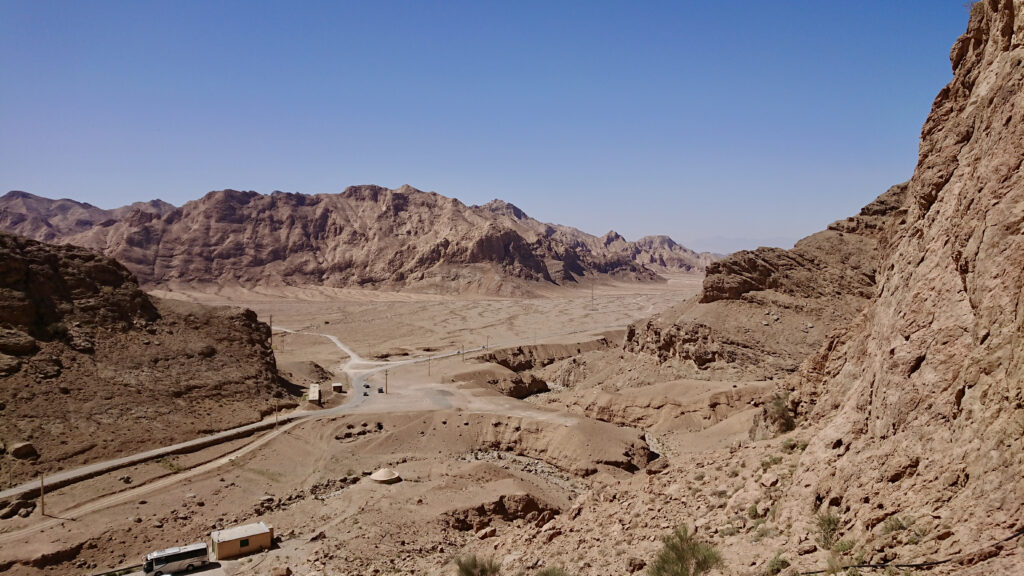
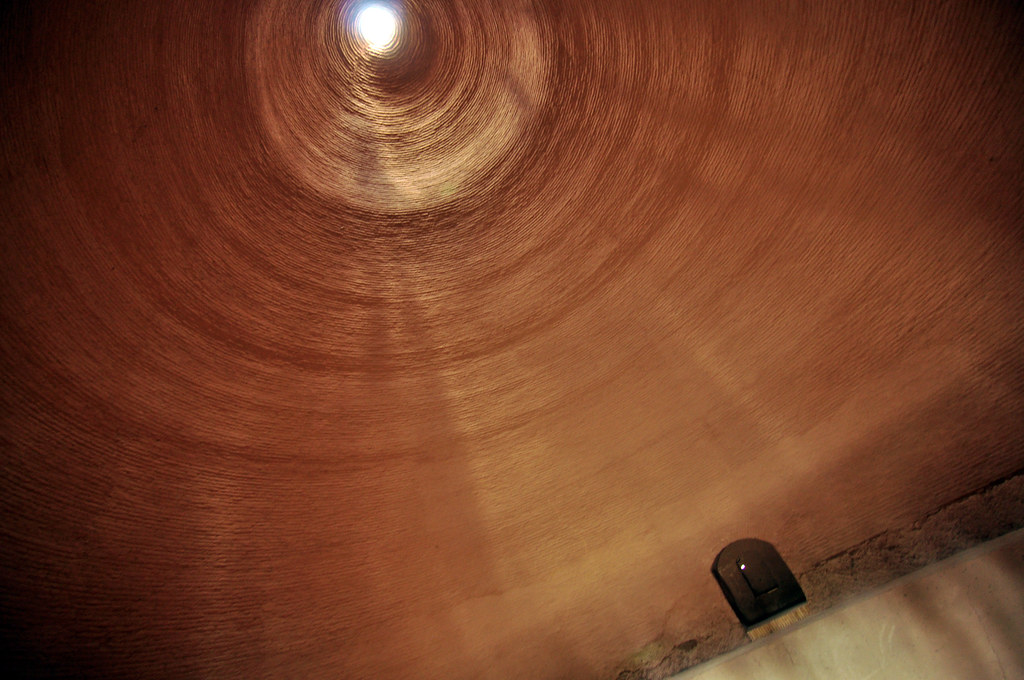
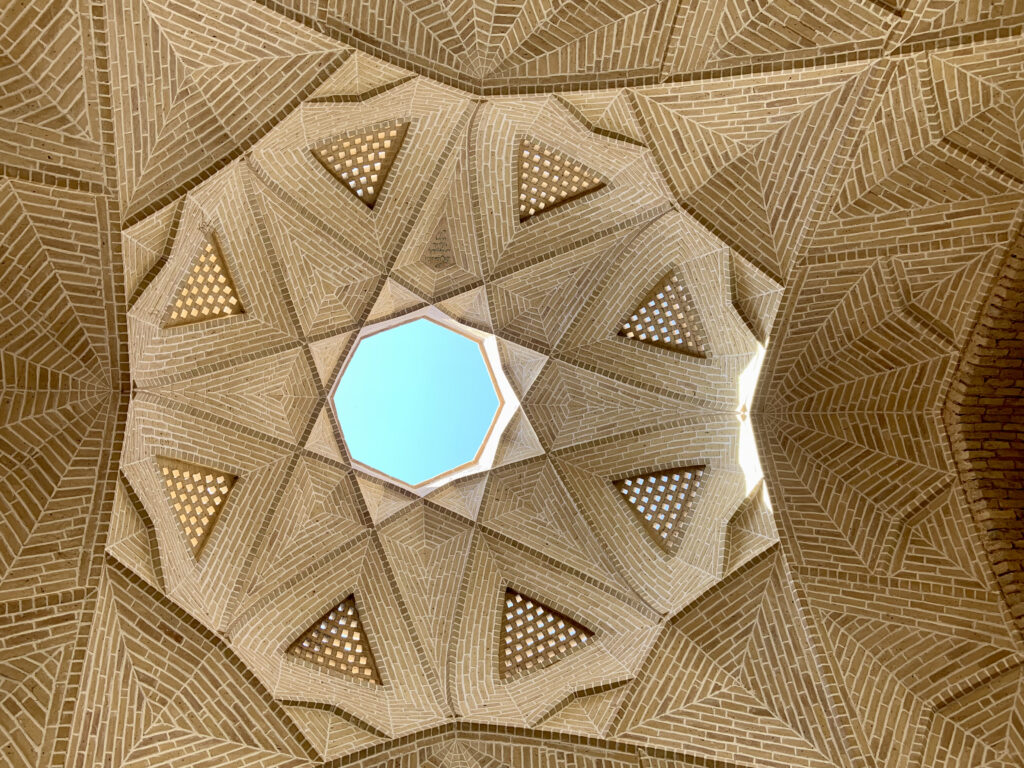
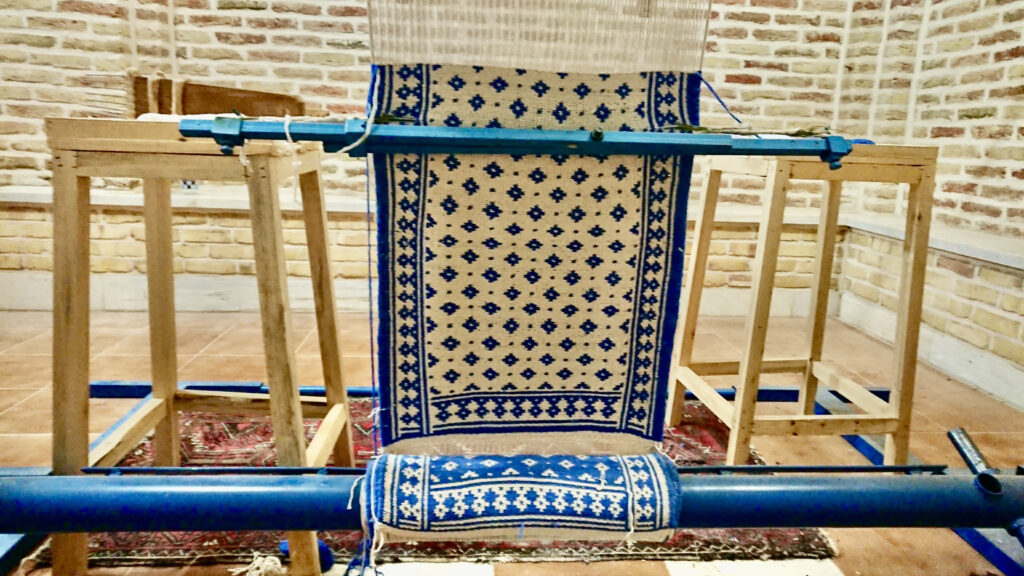
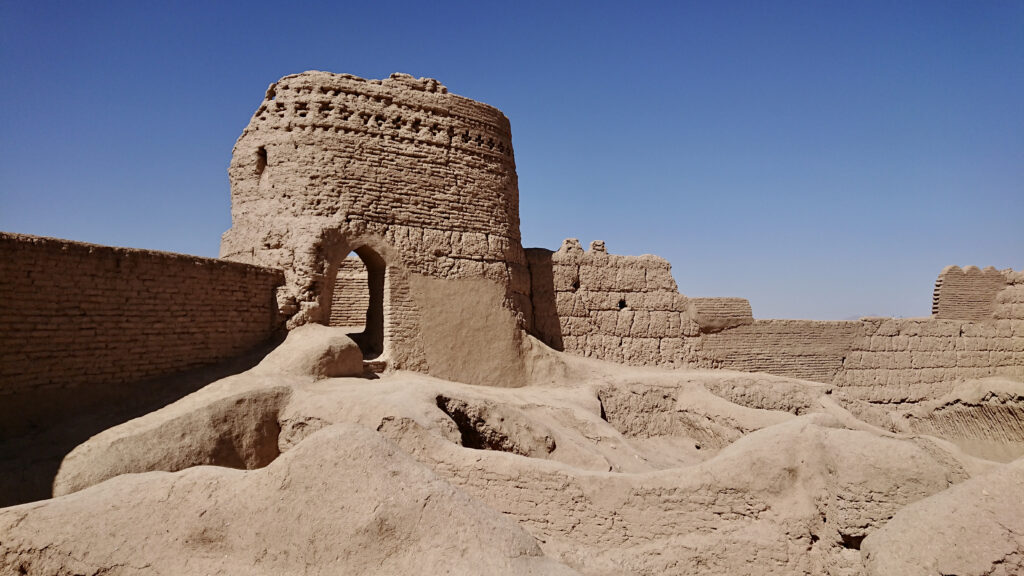
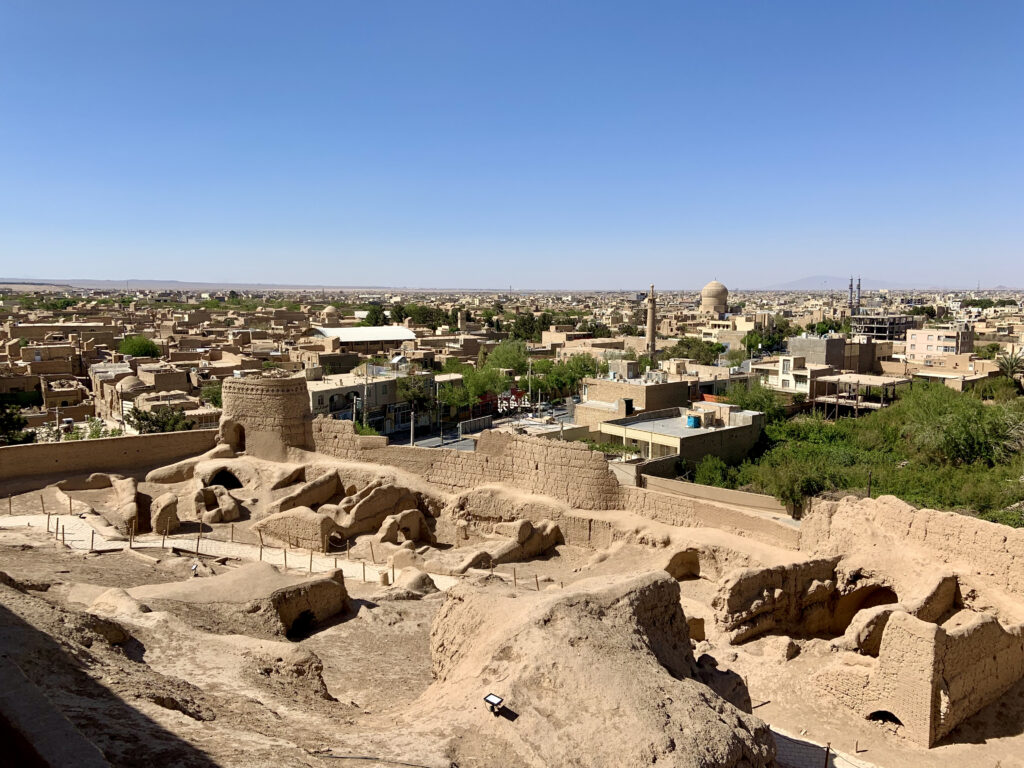
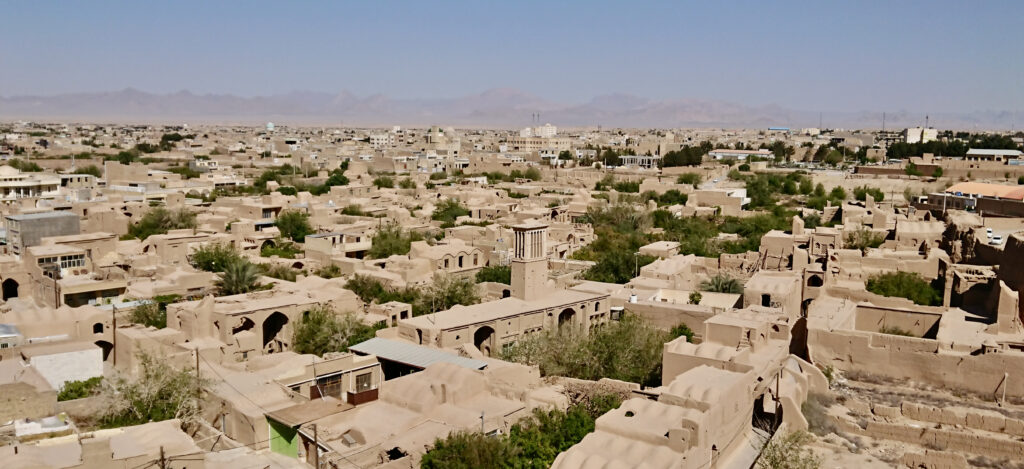
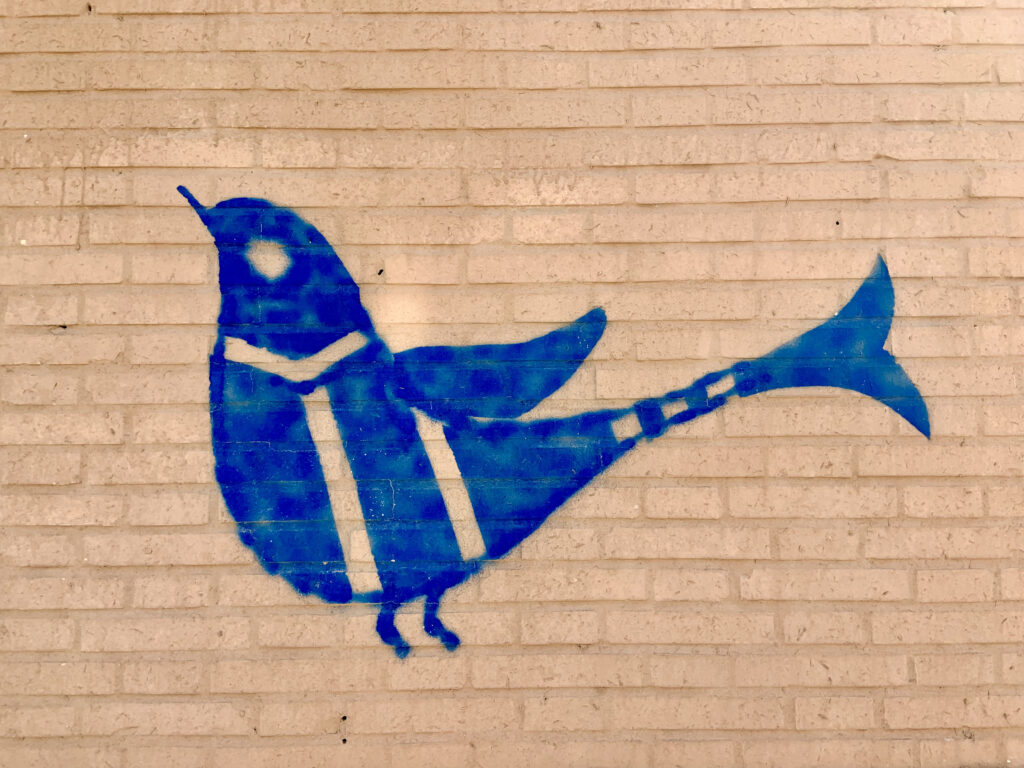
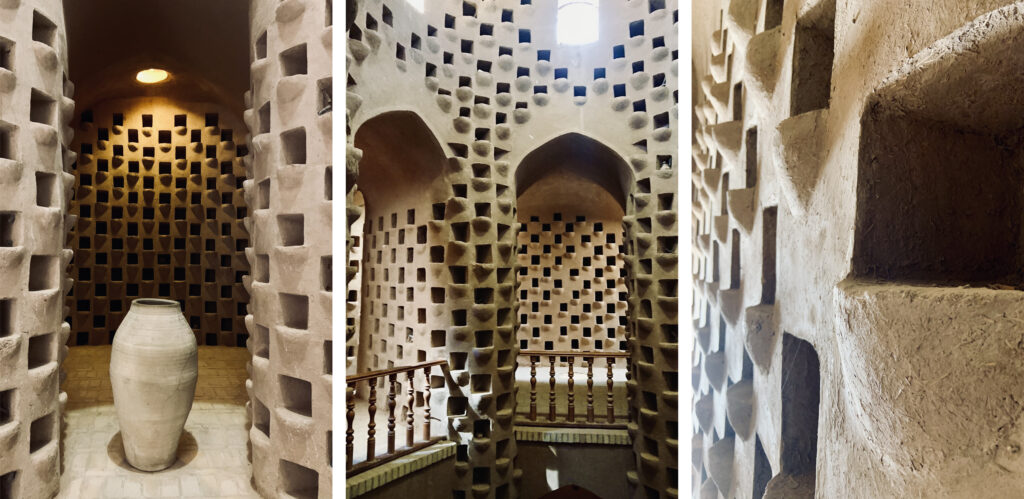
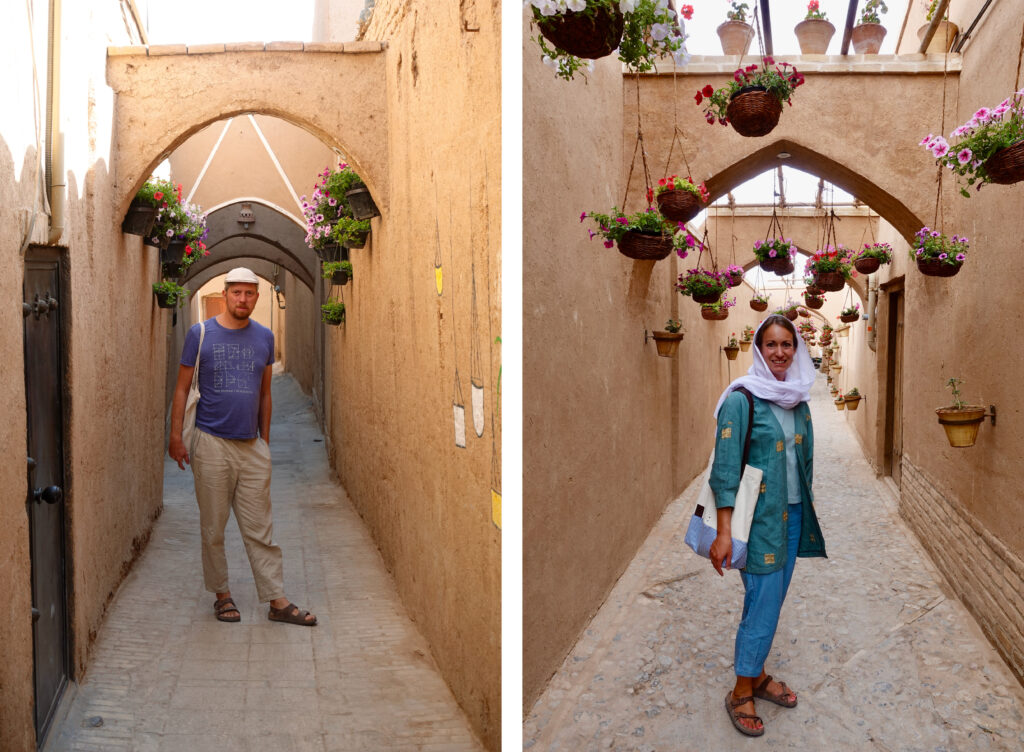

Leave a Reply